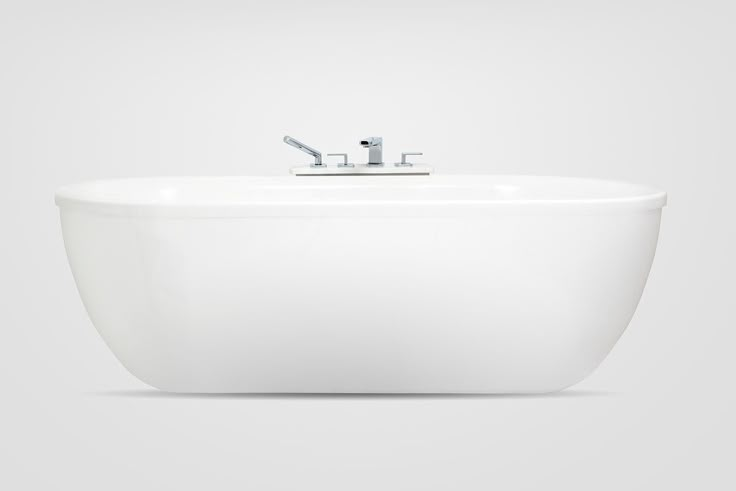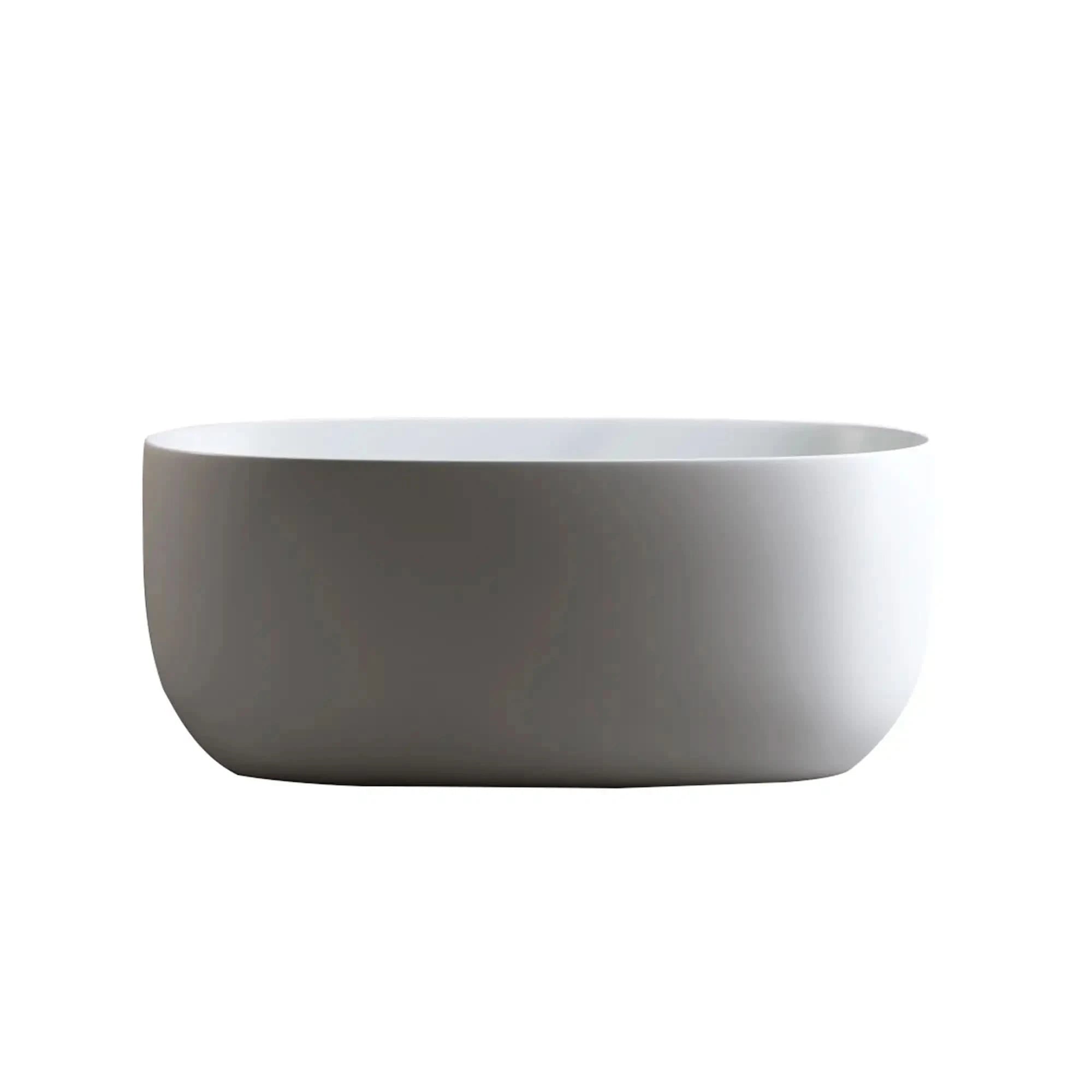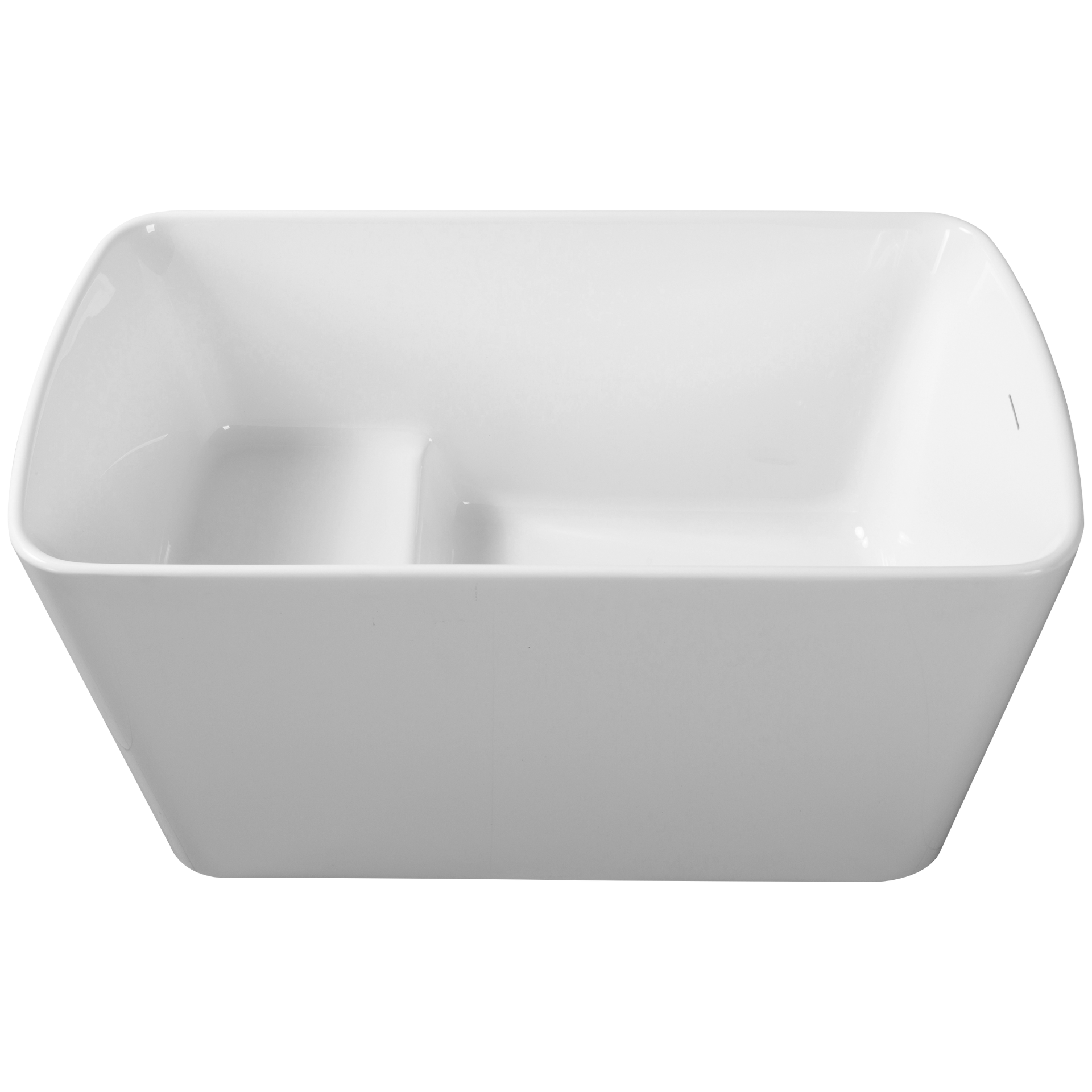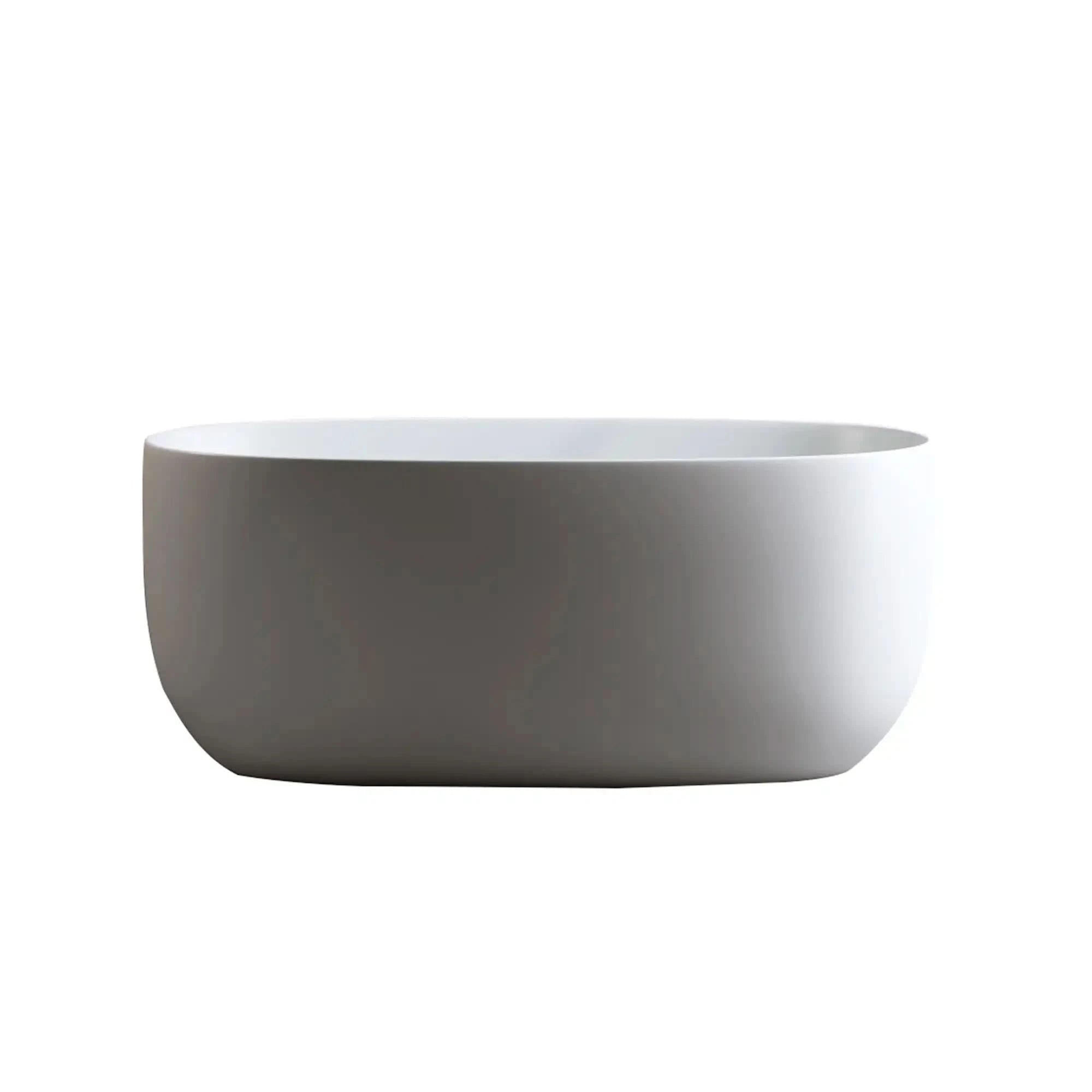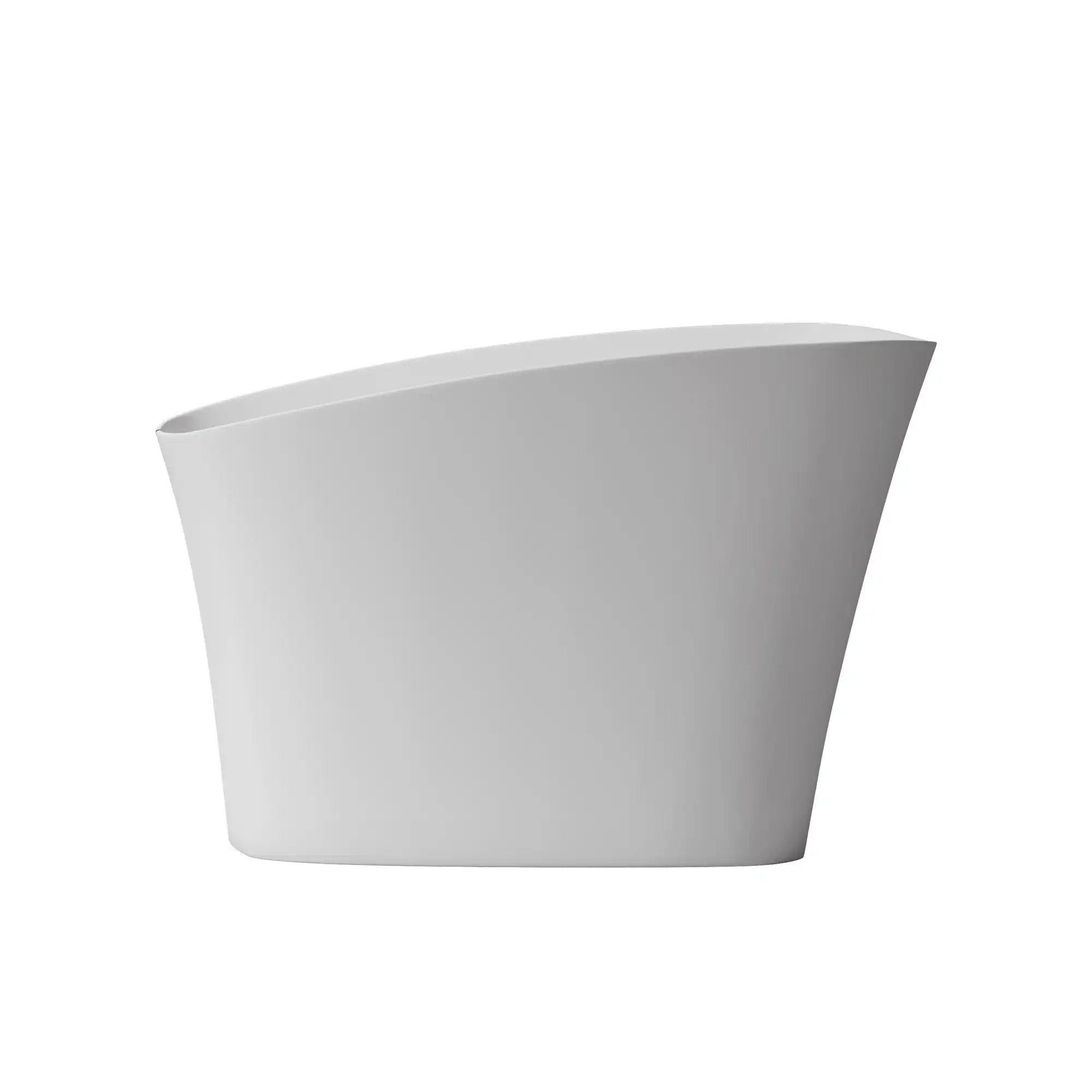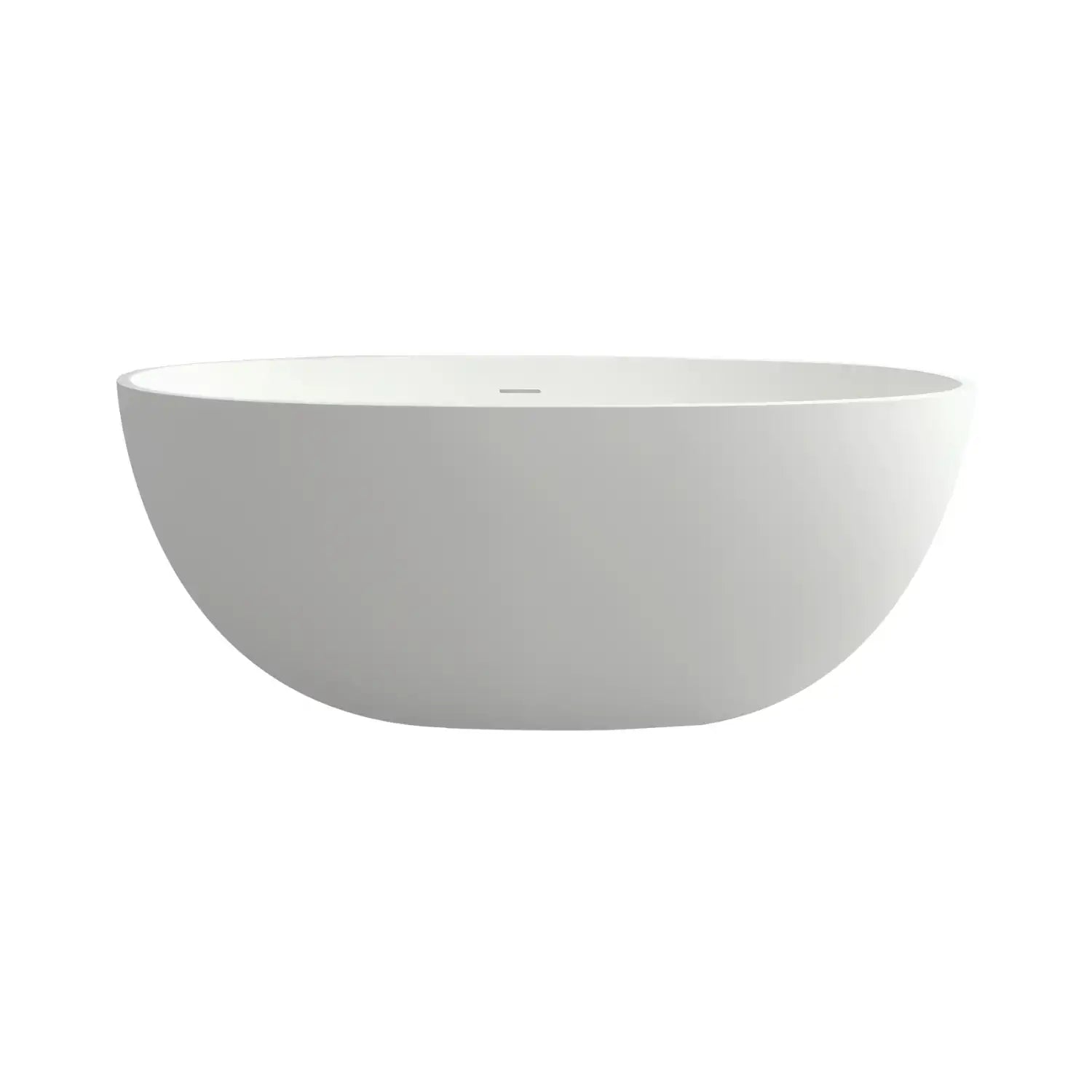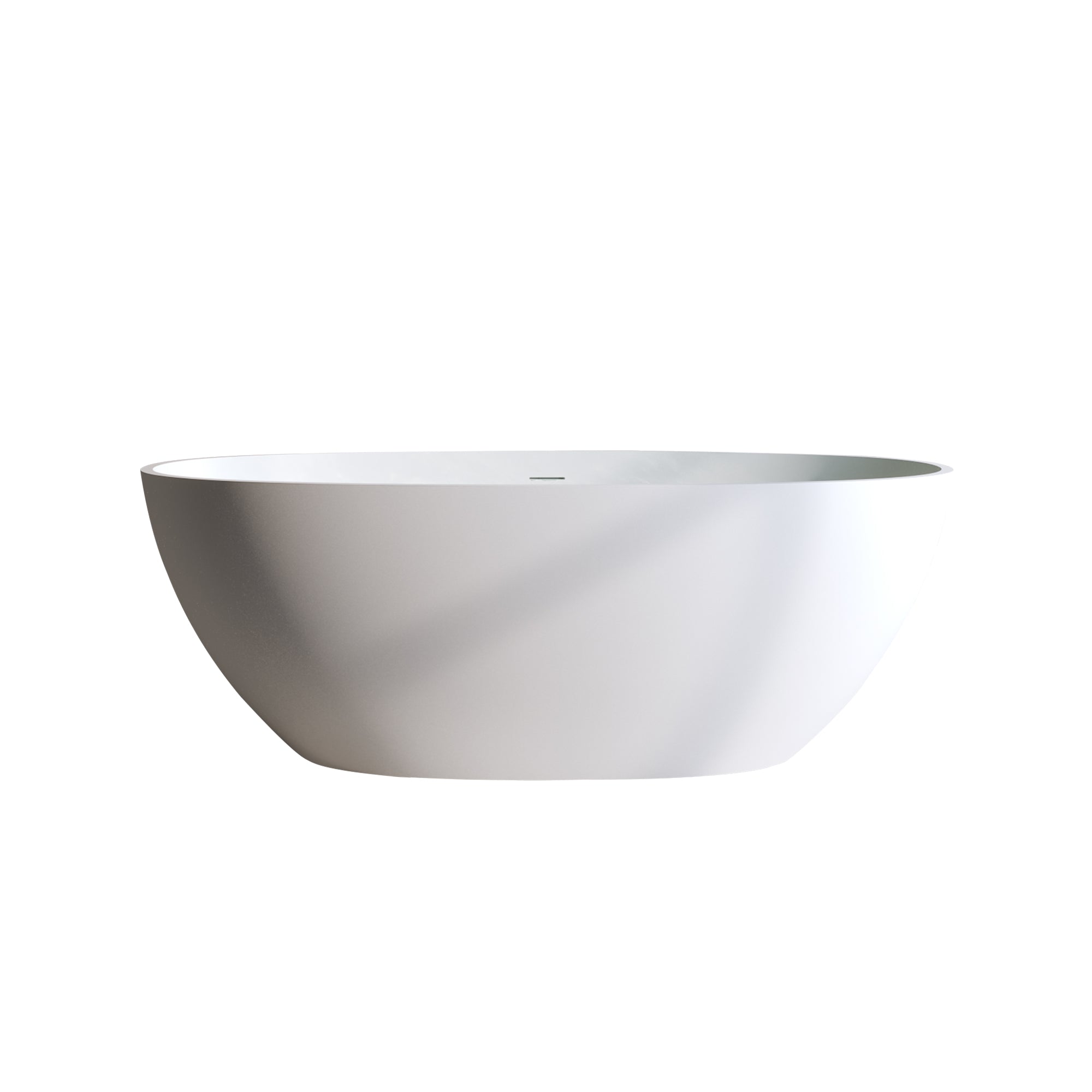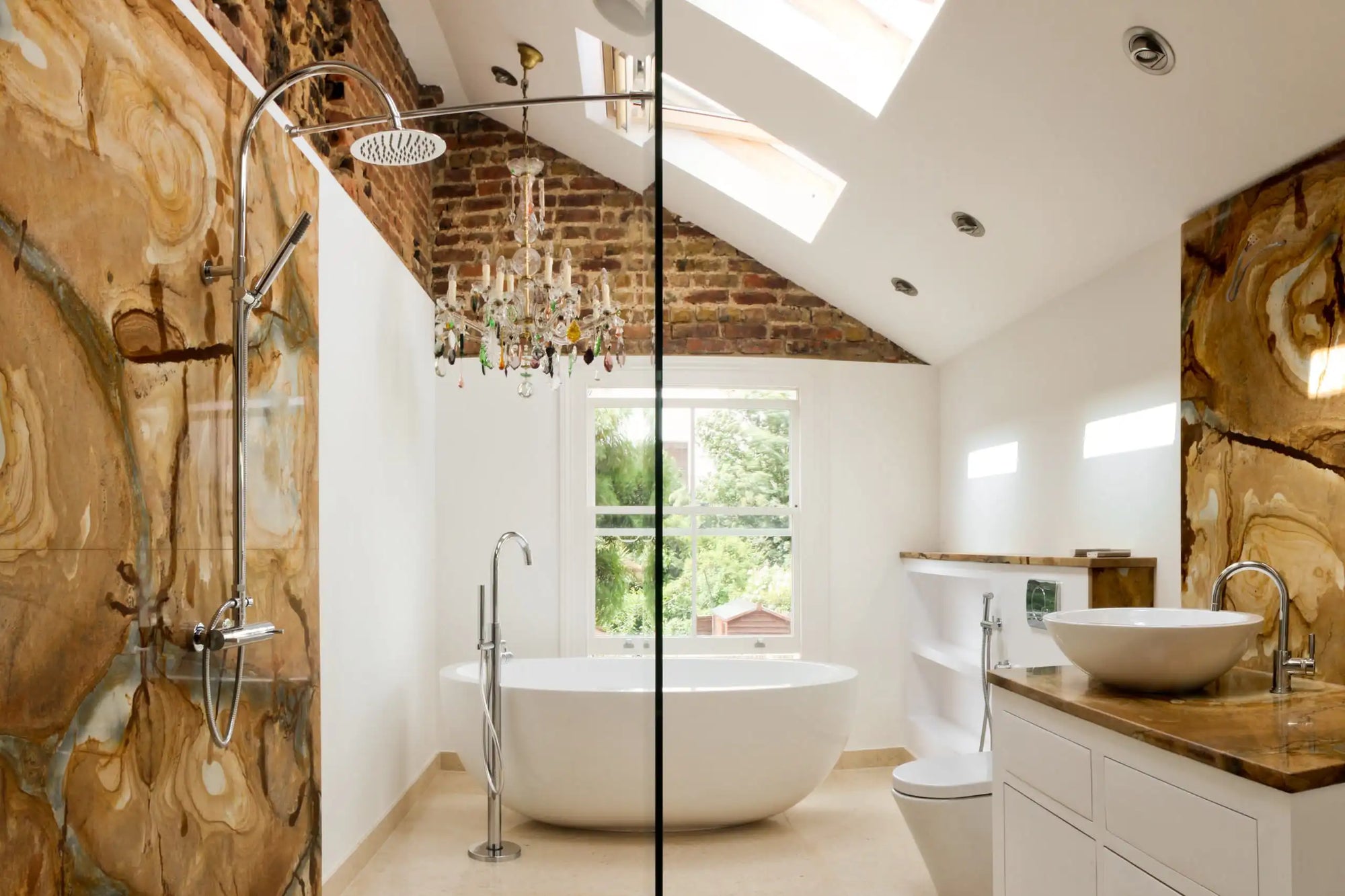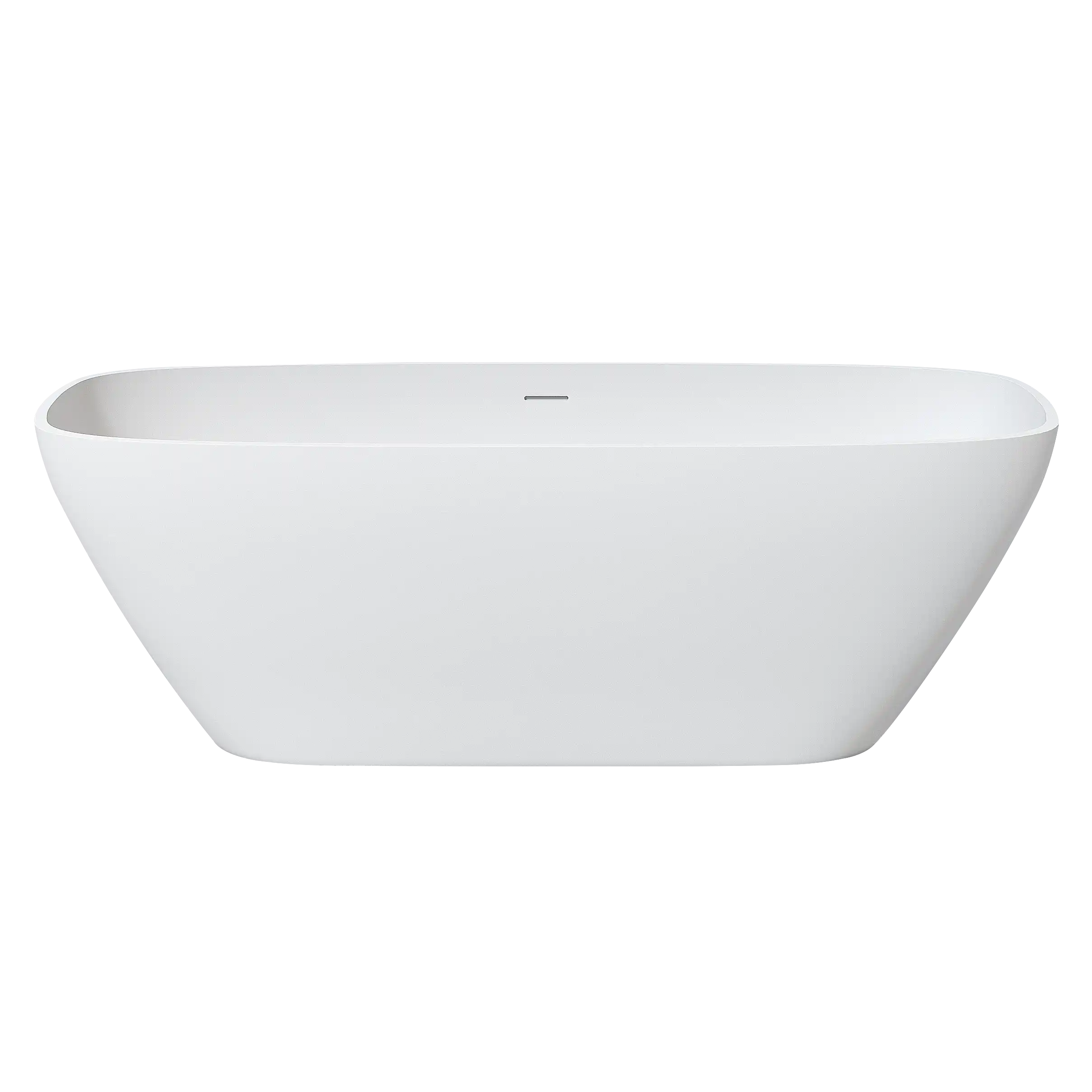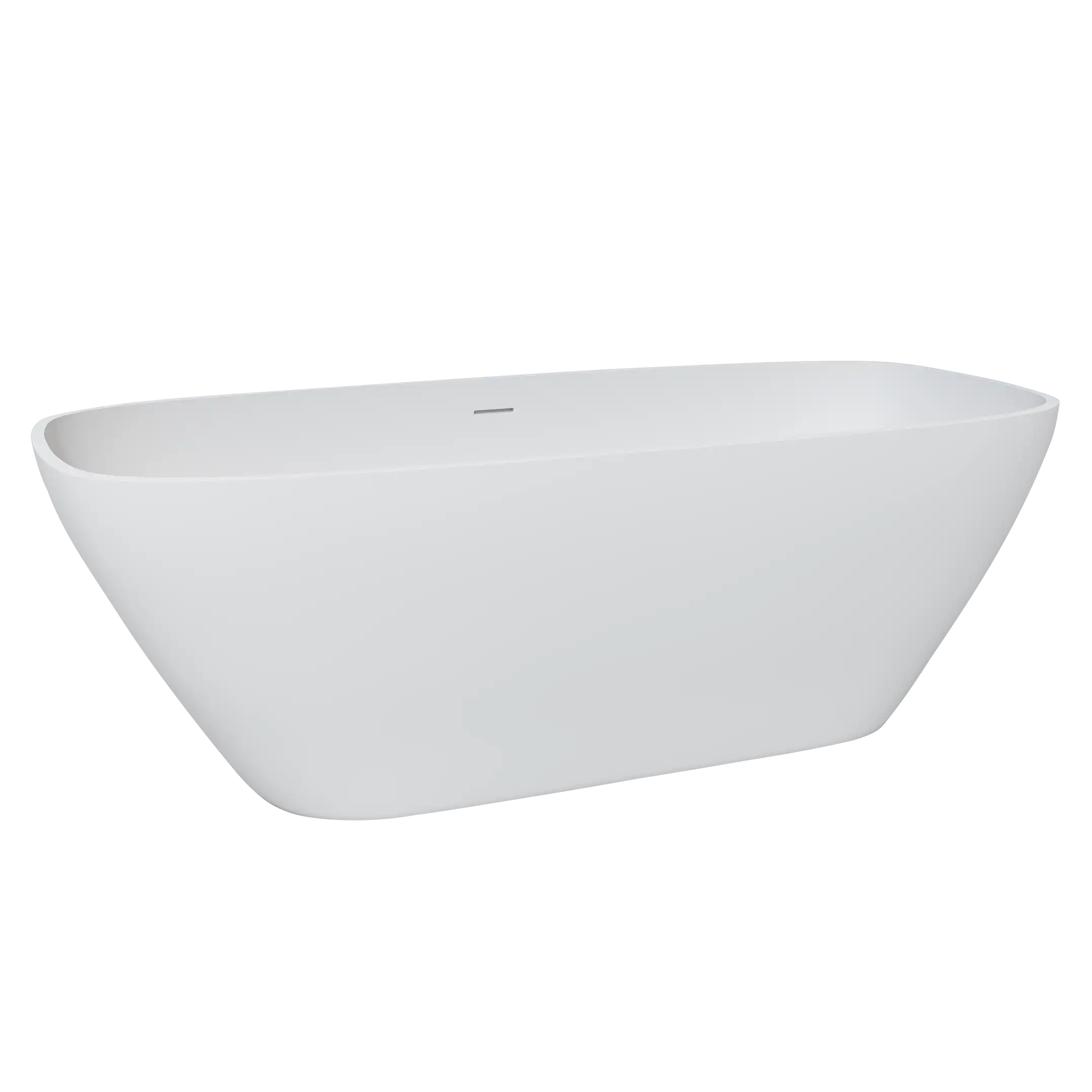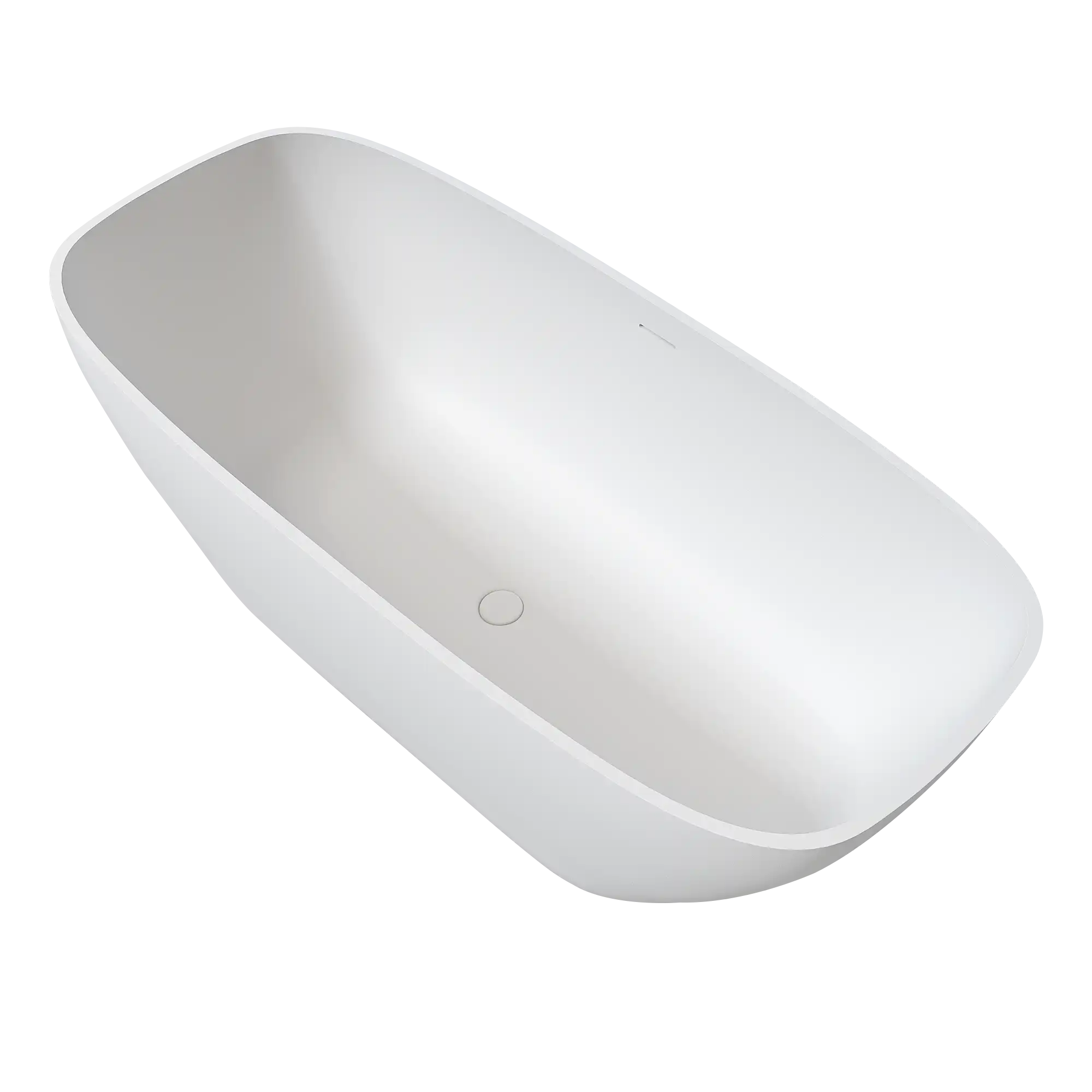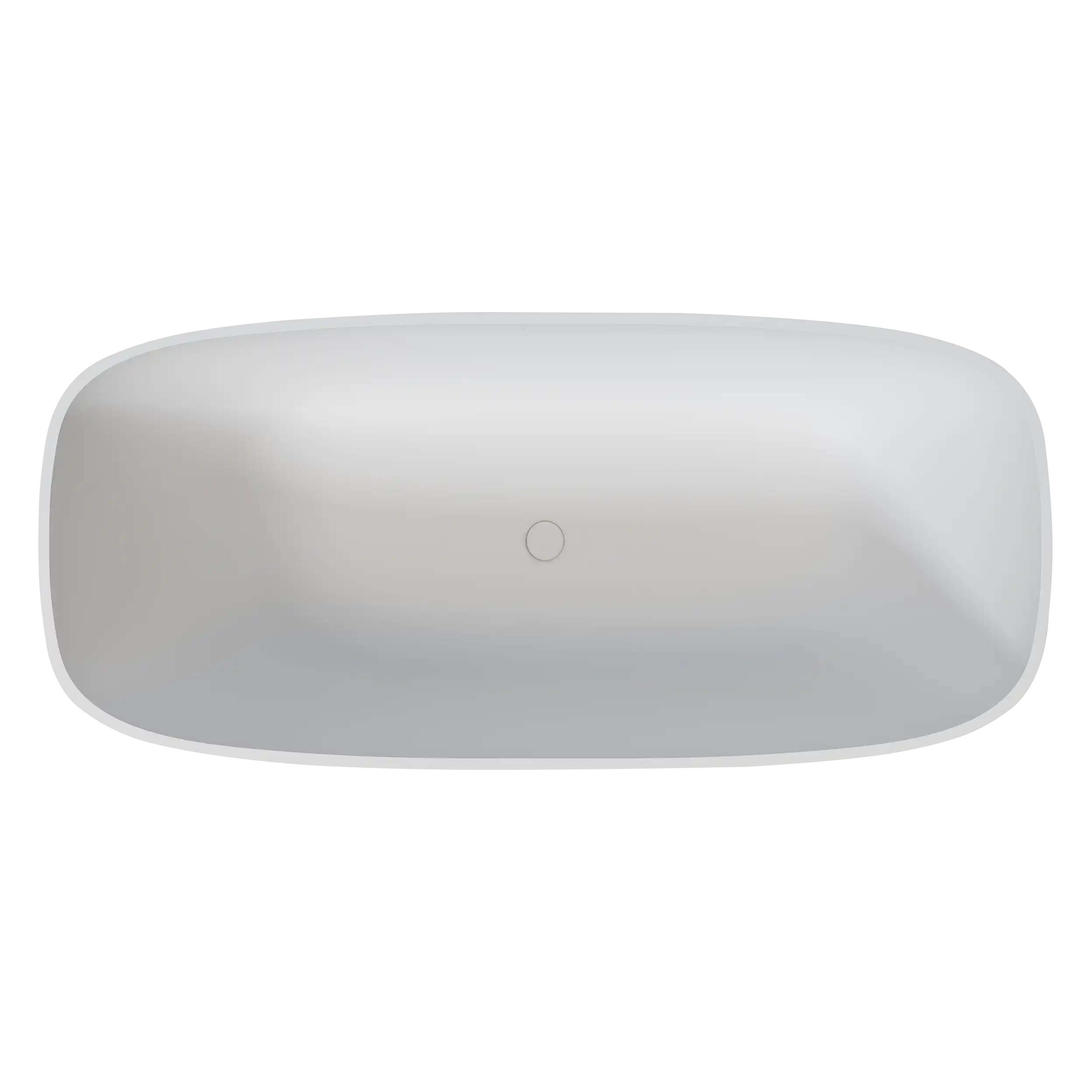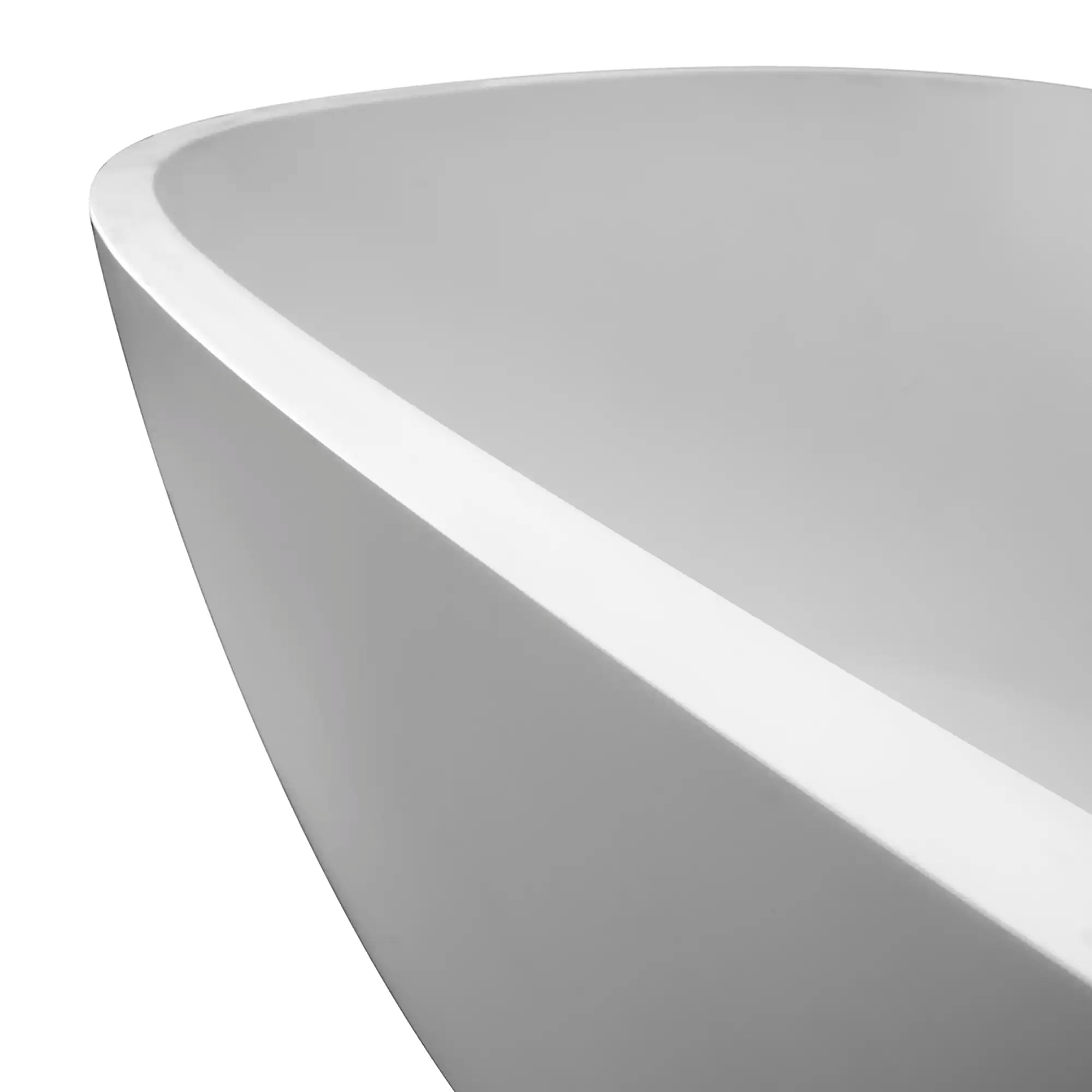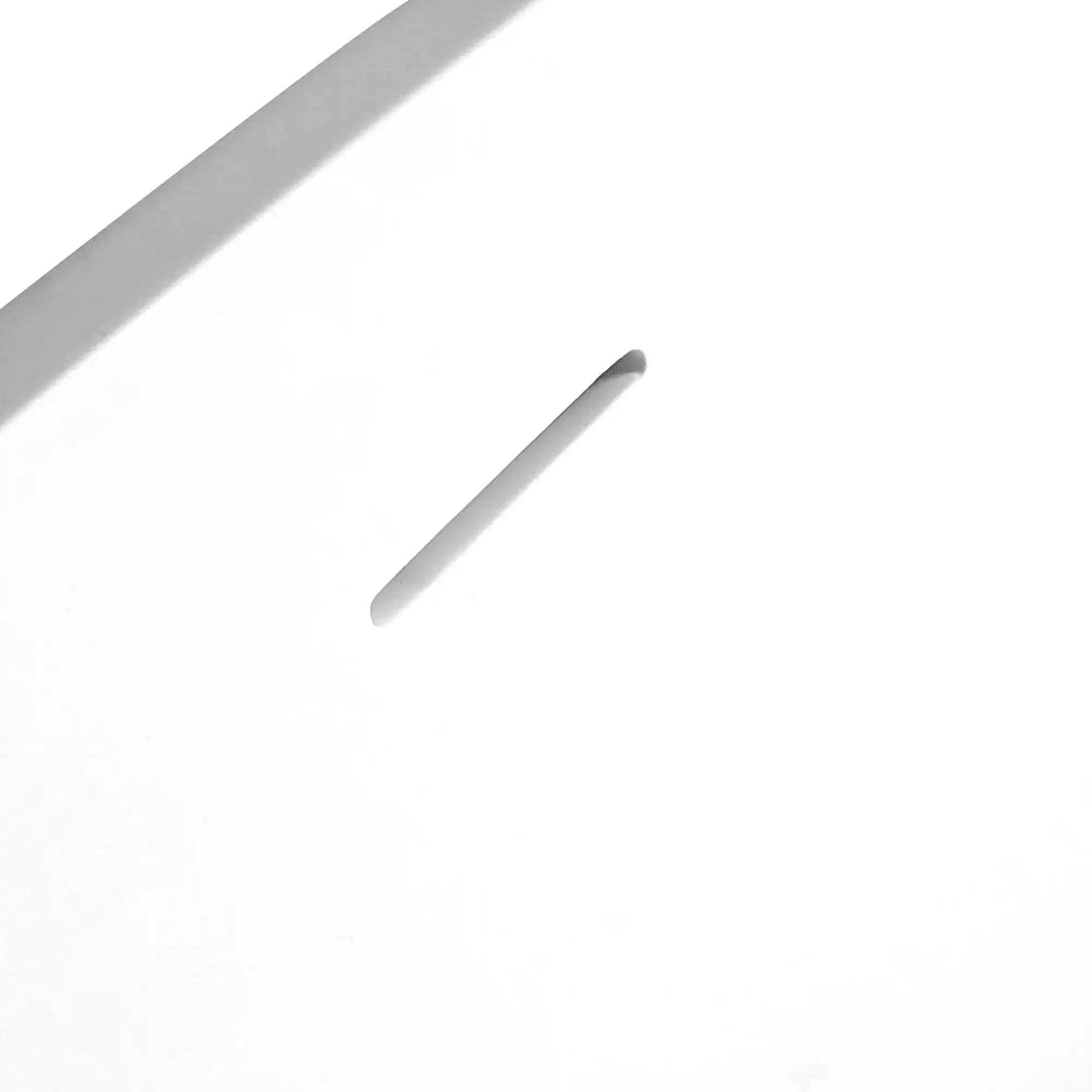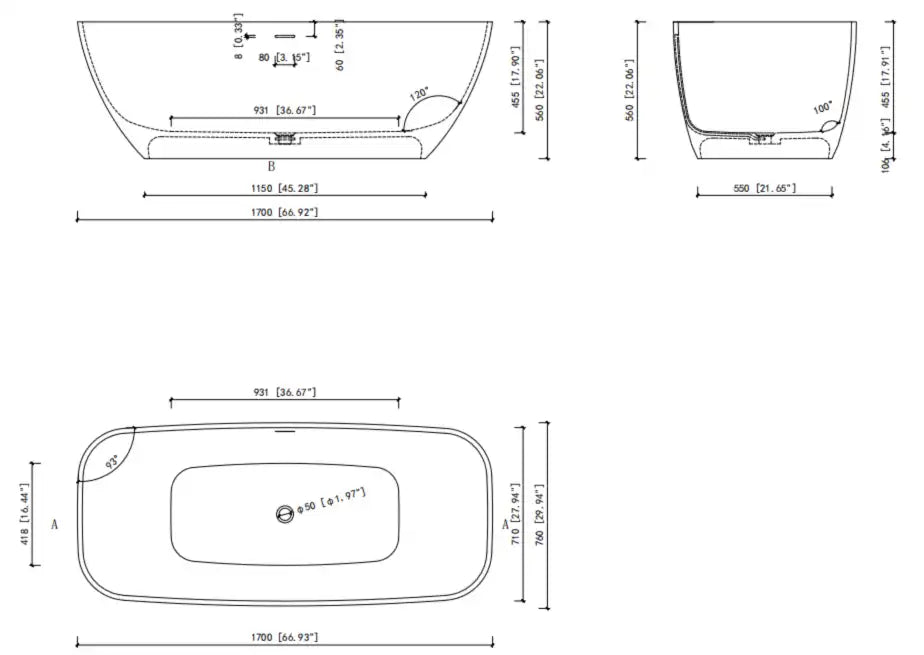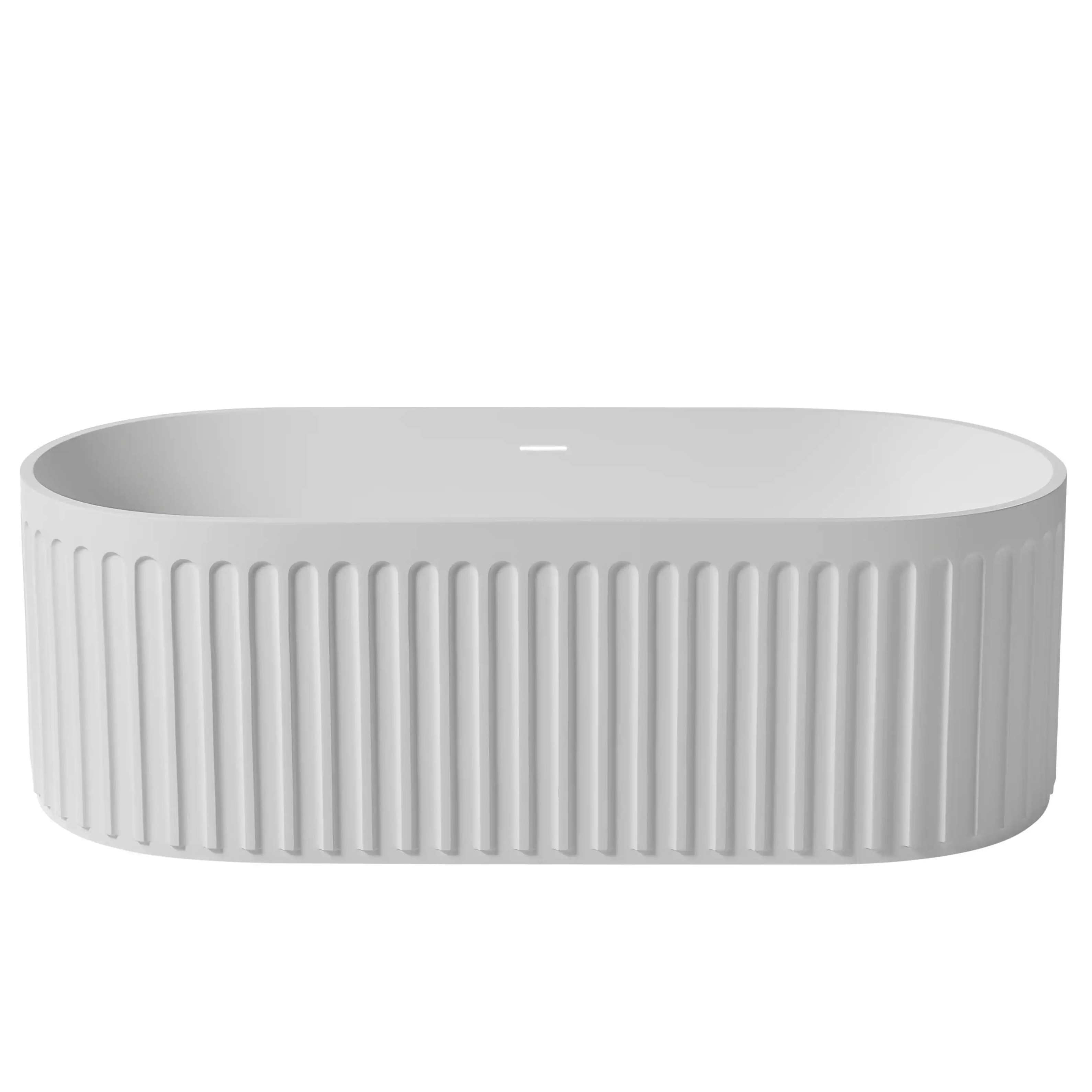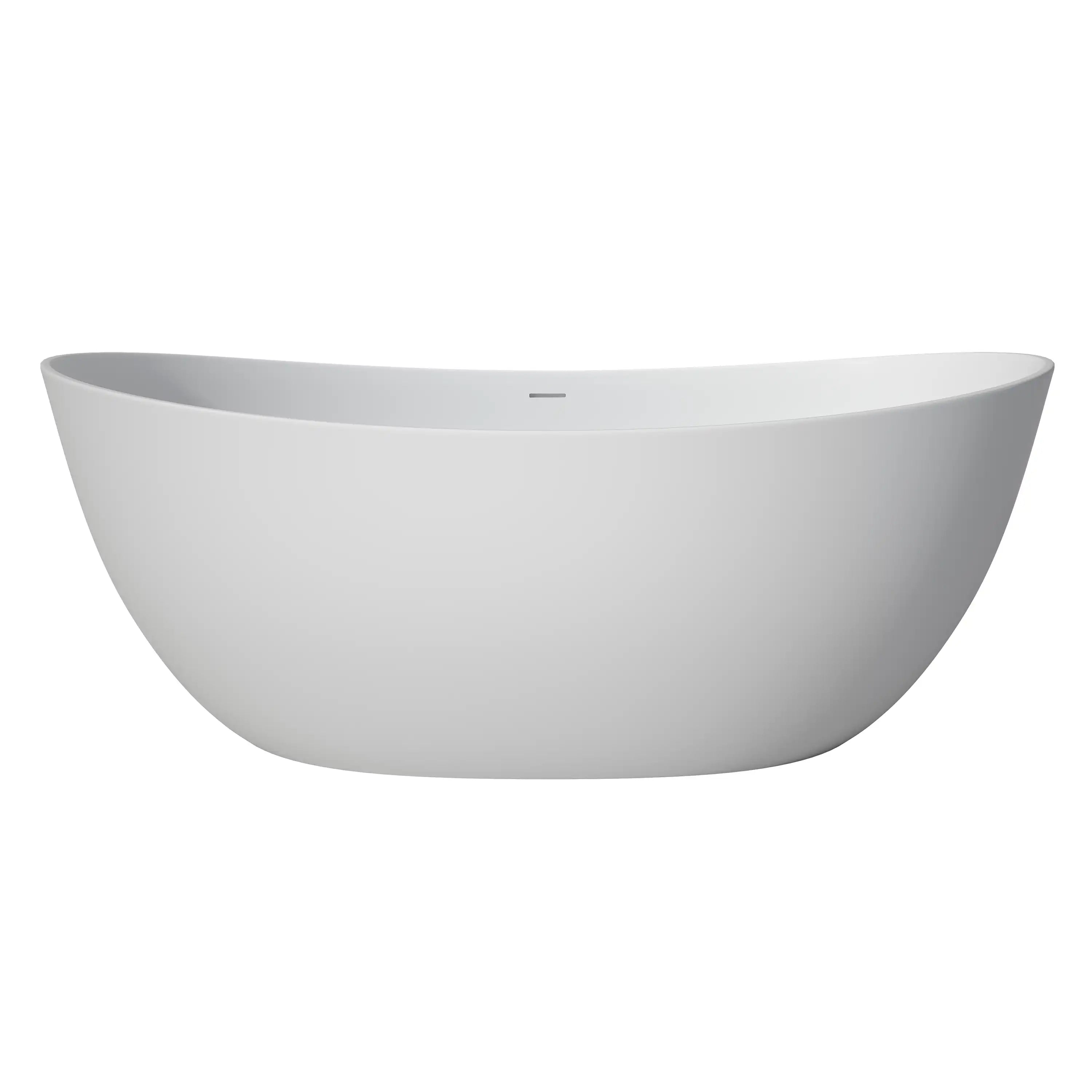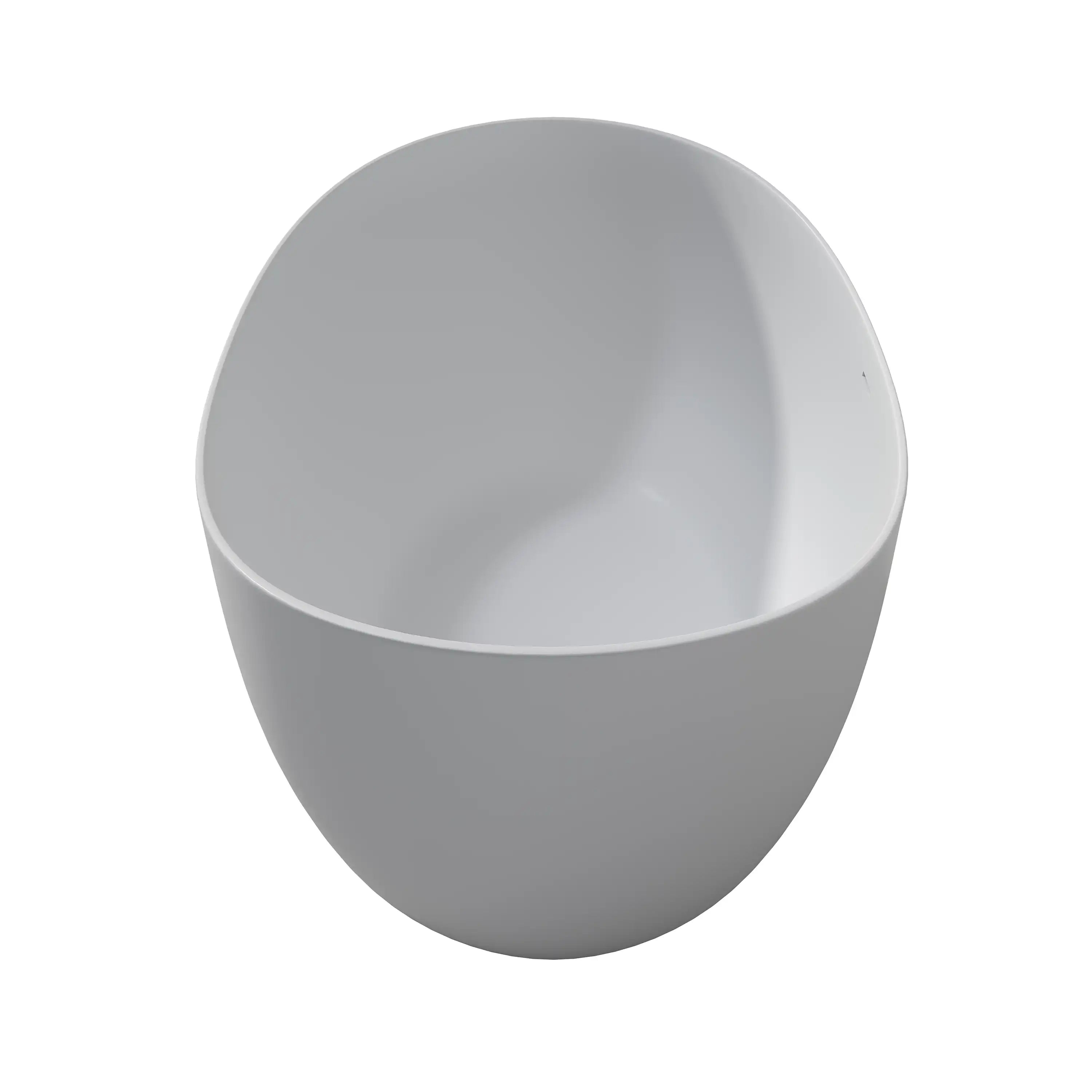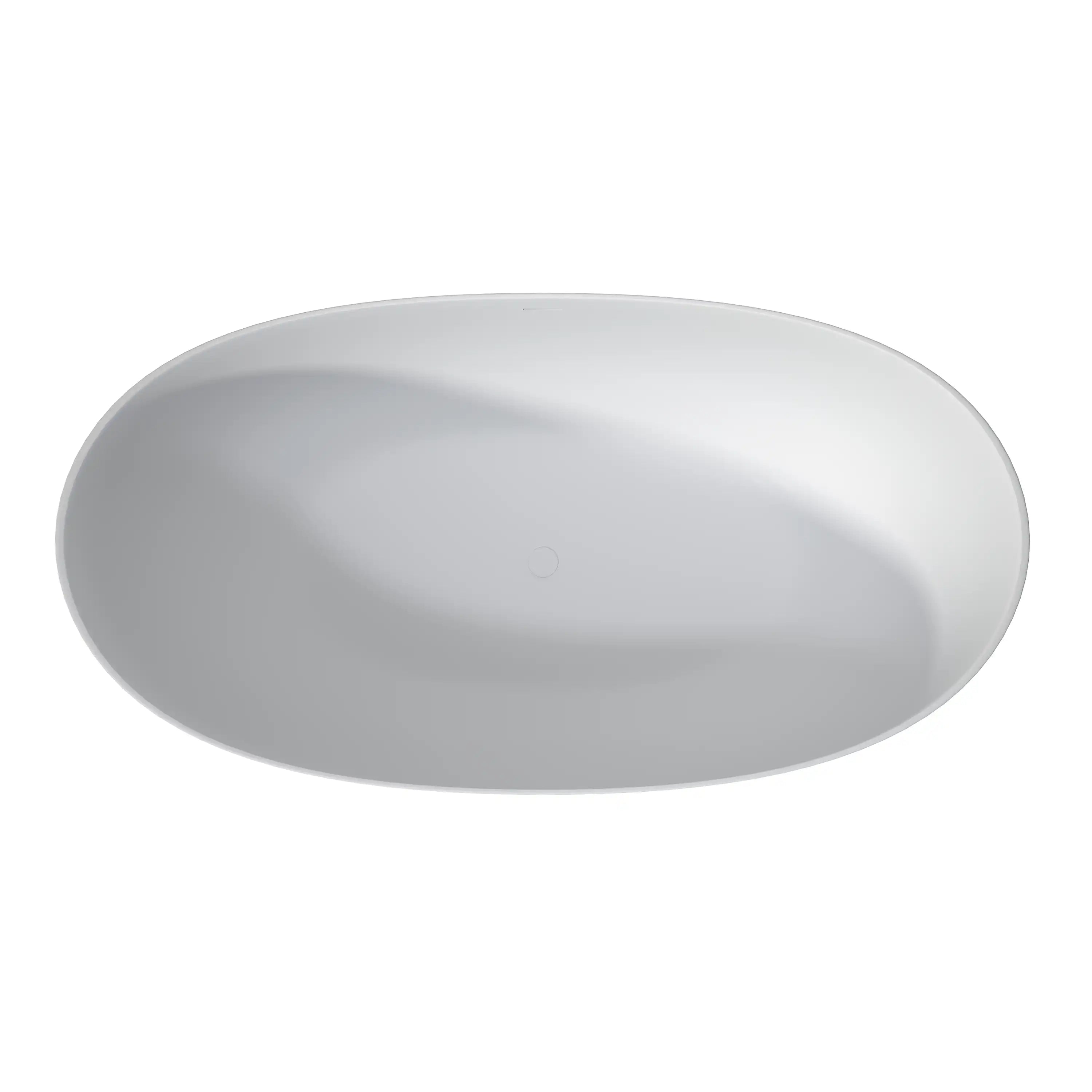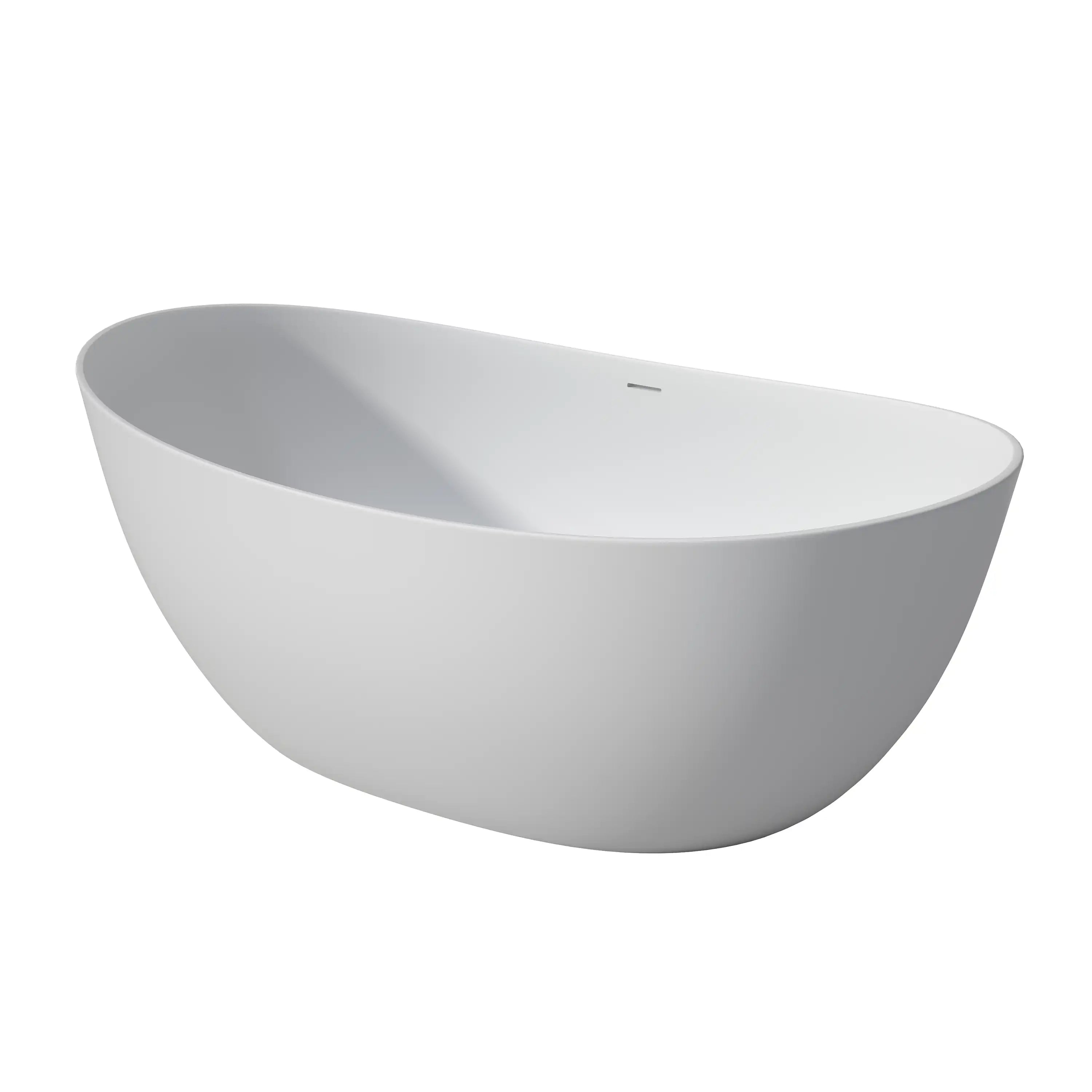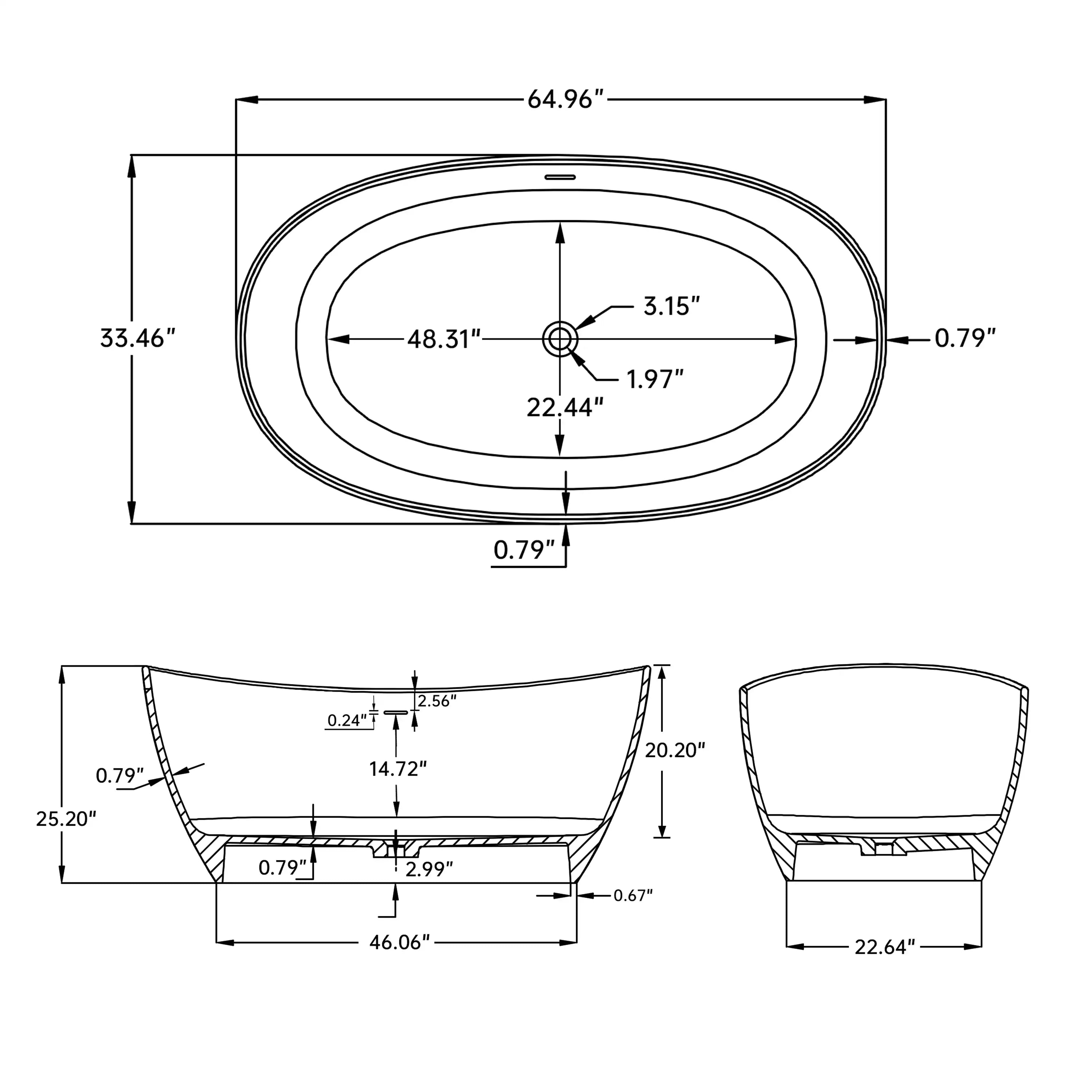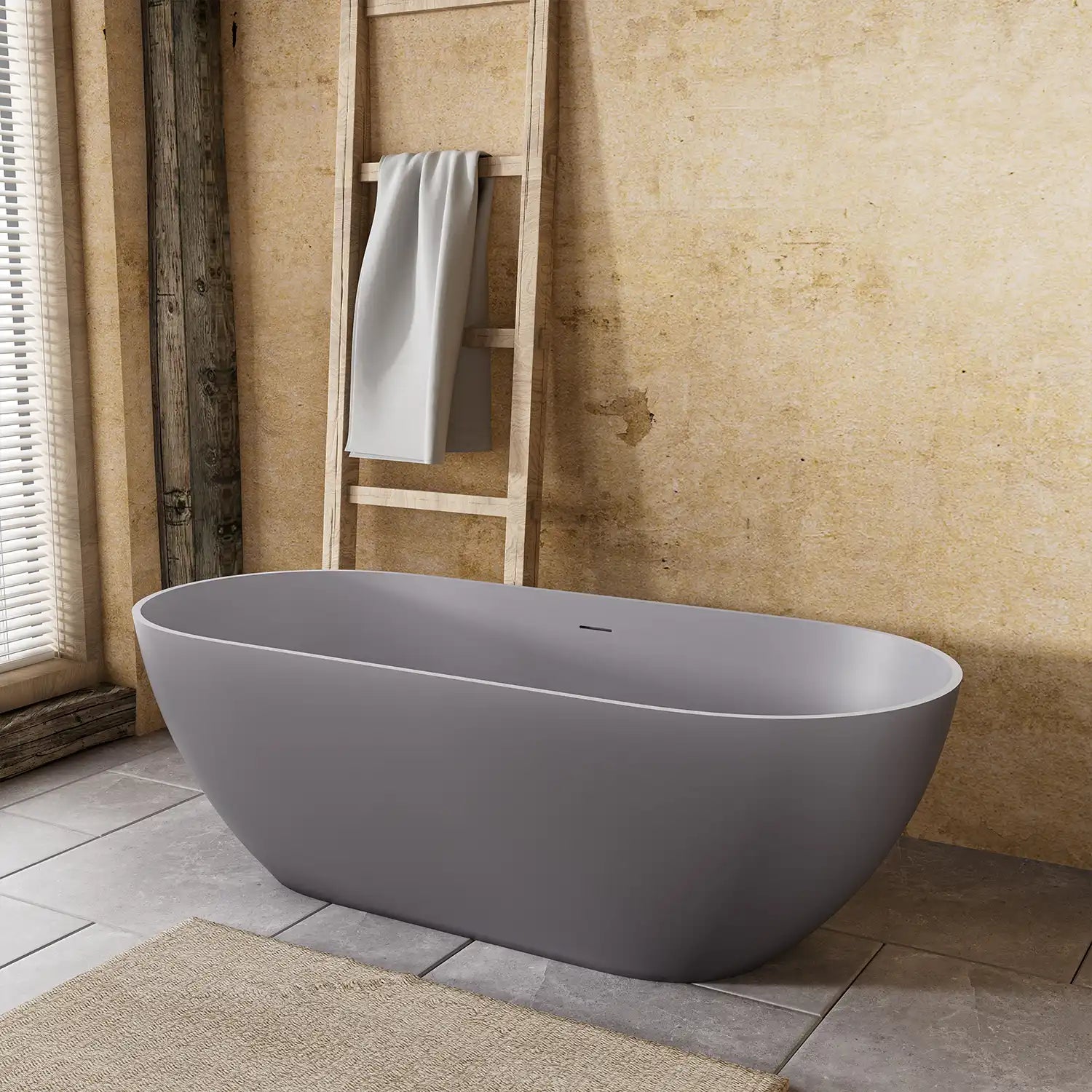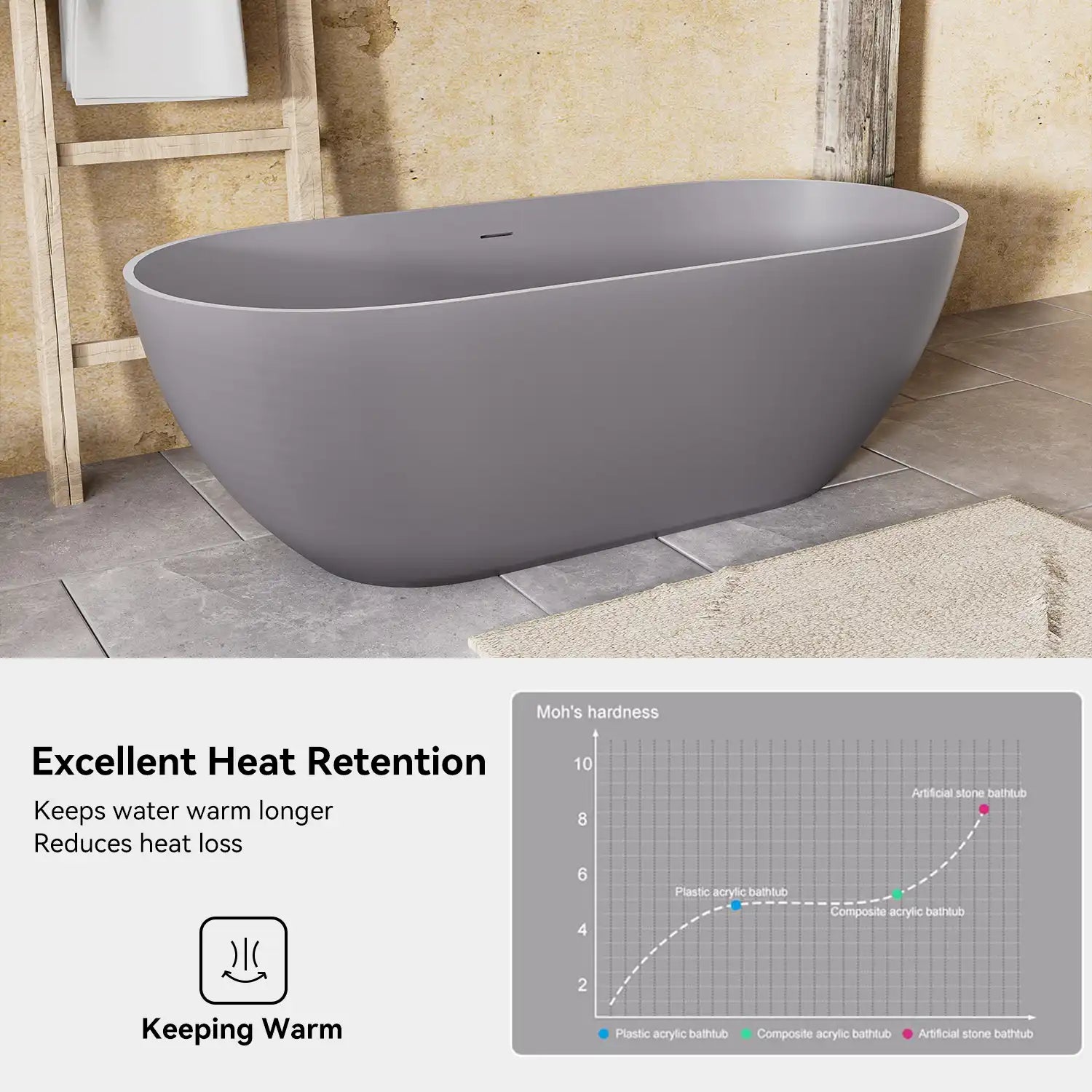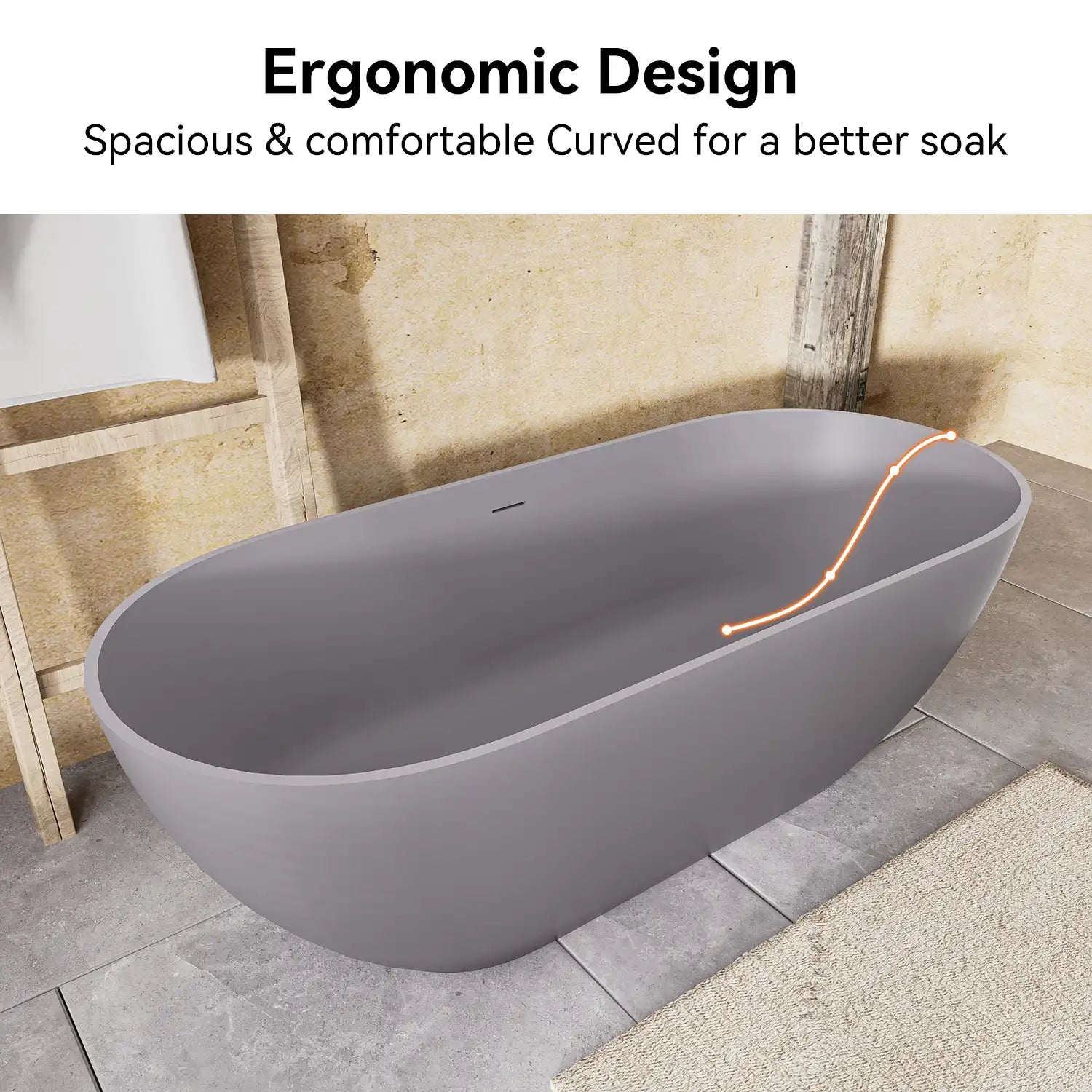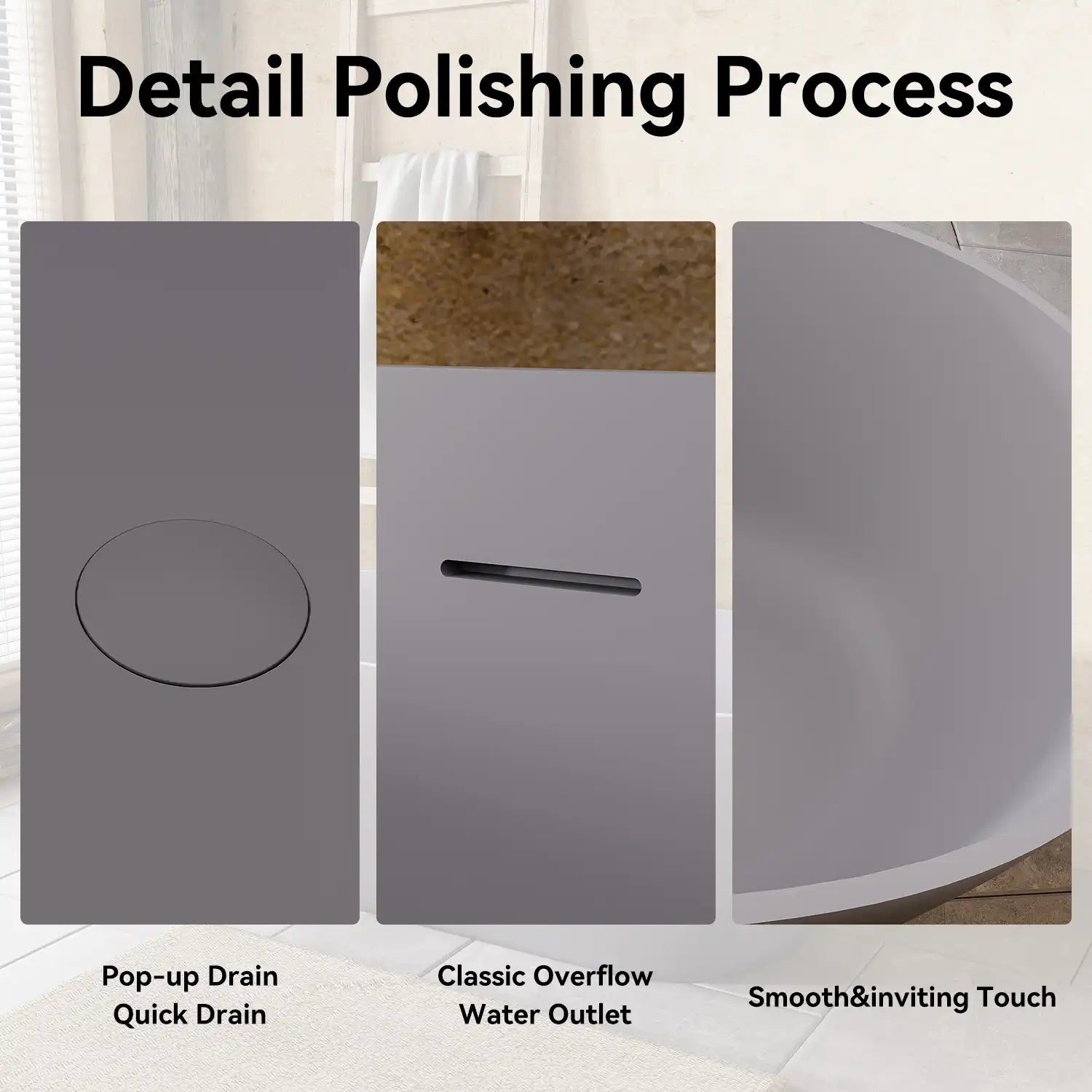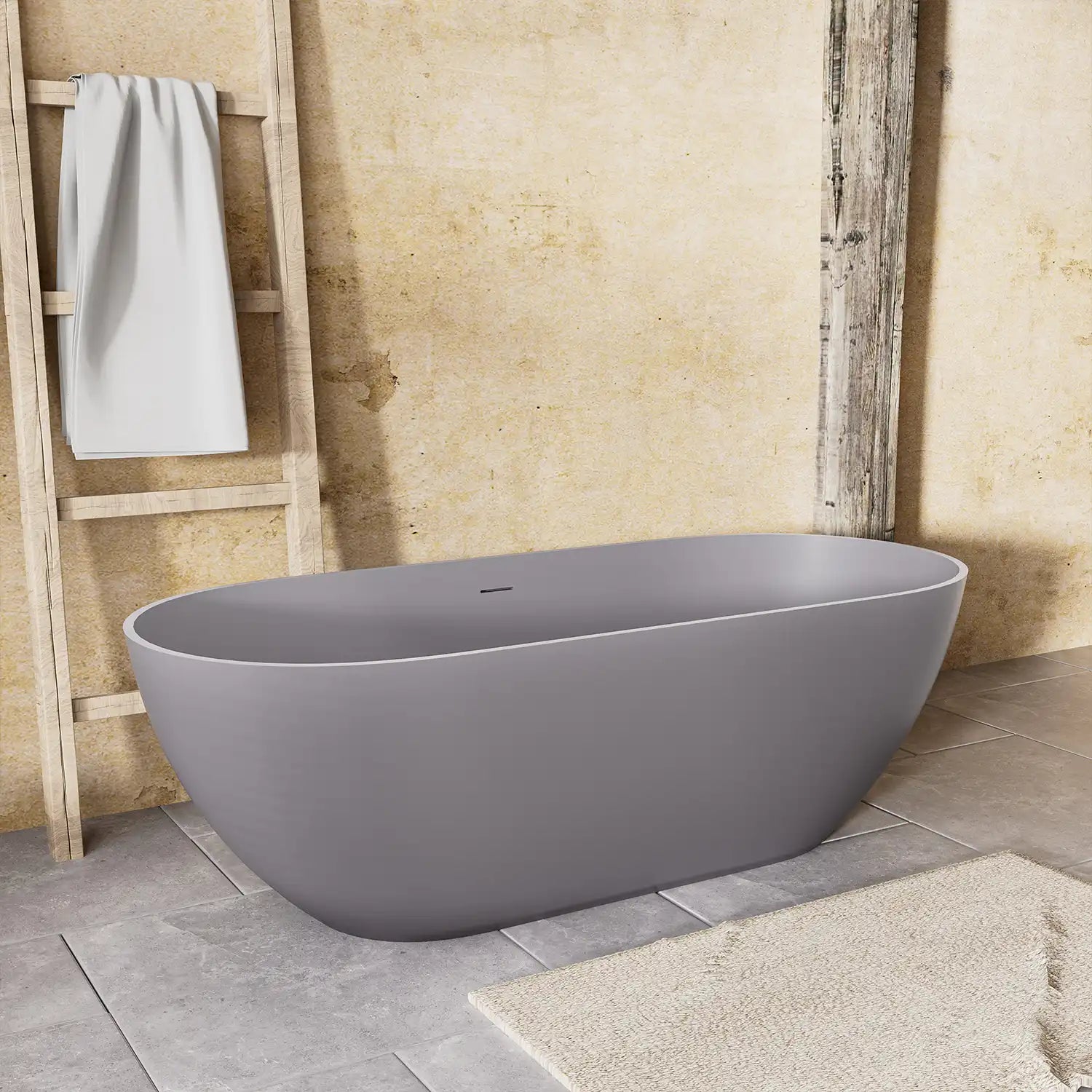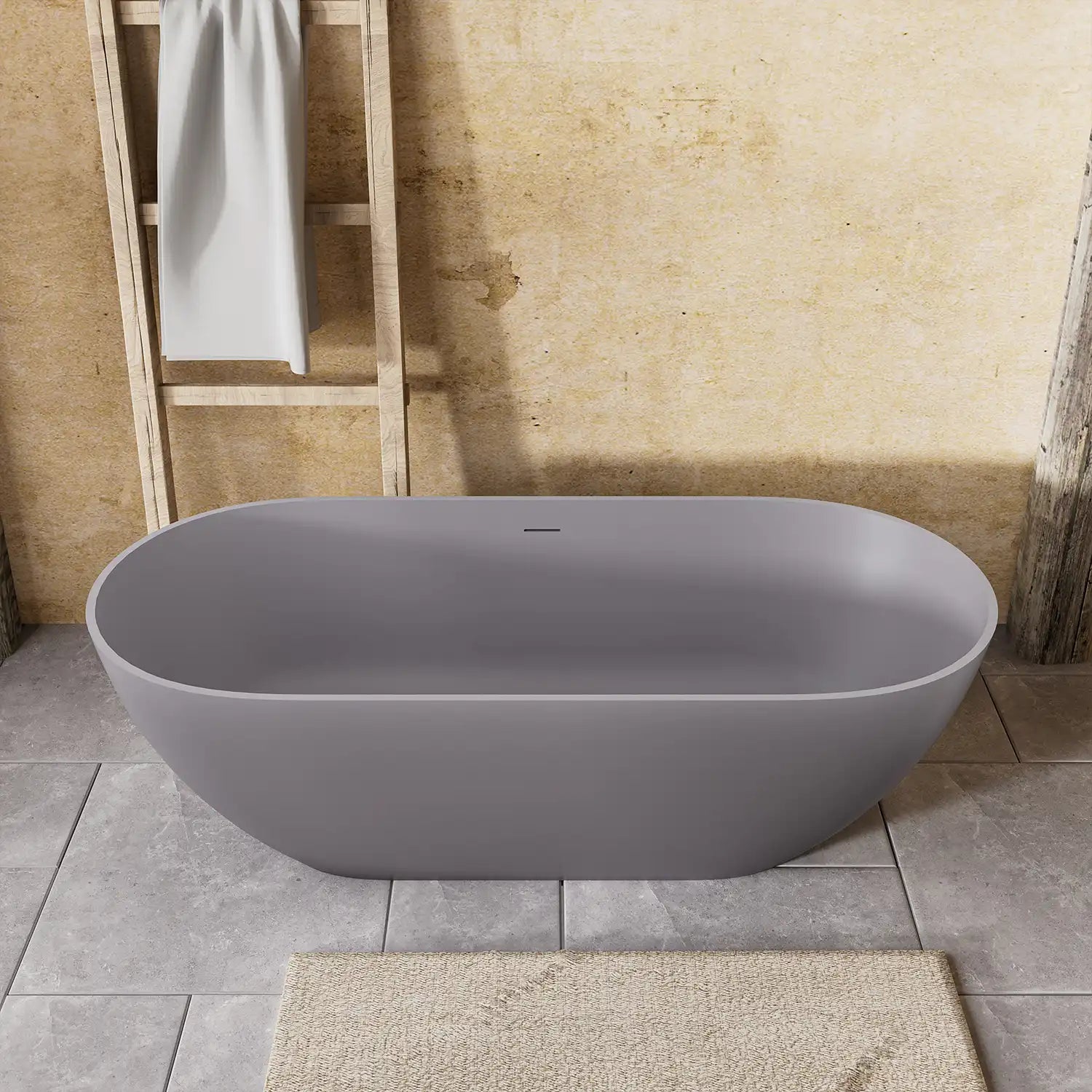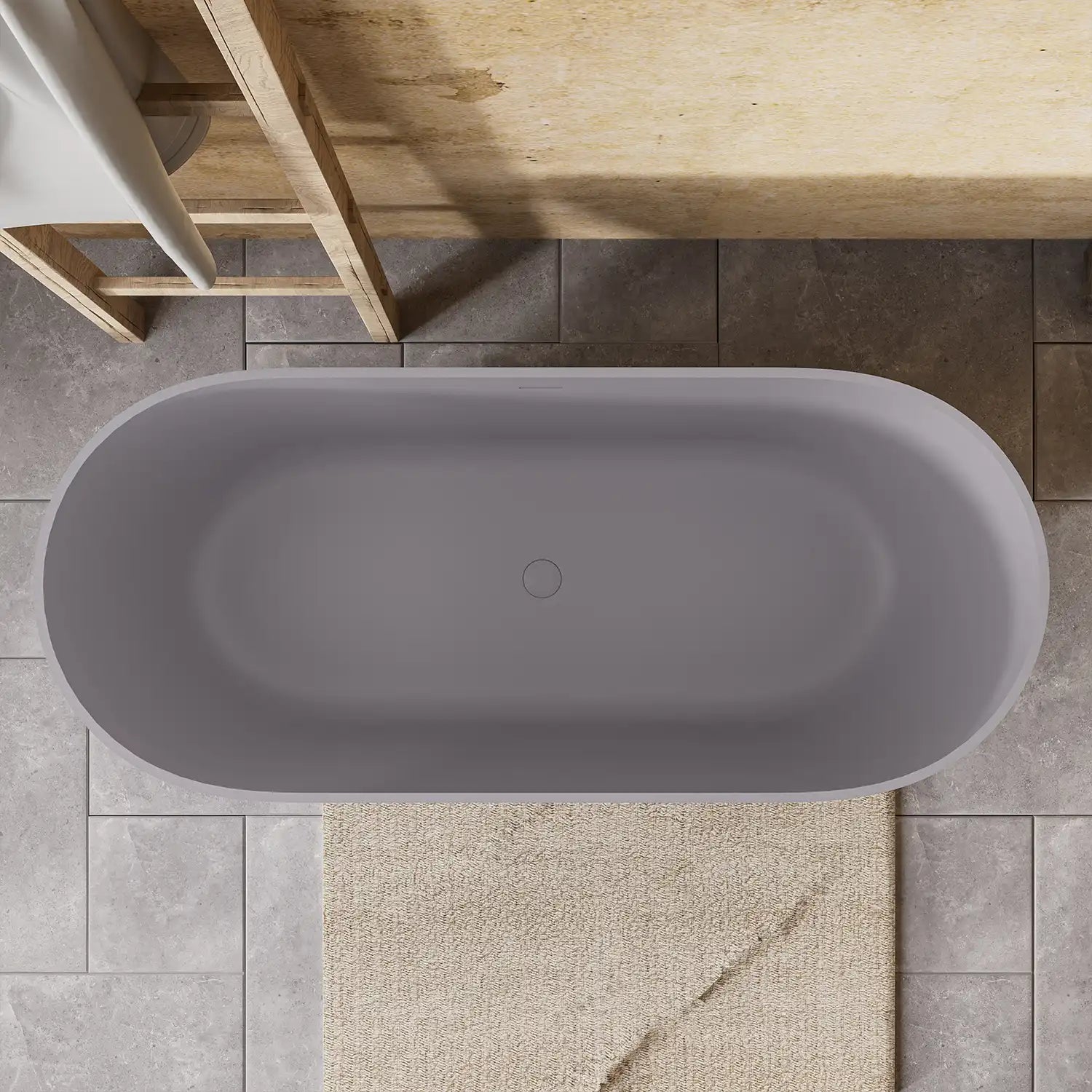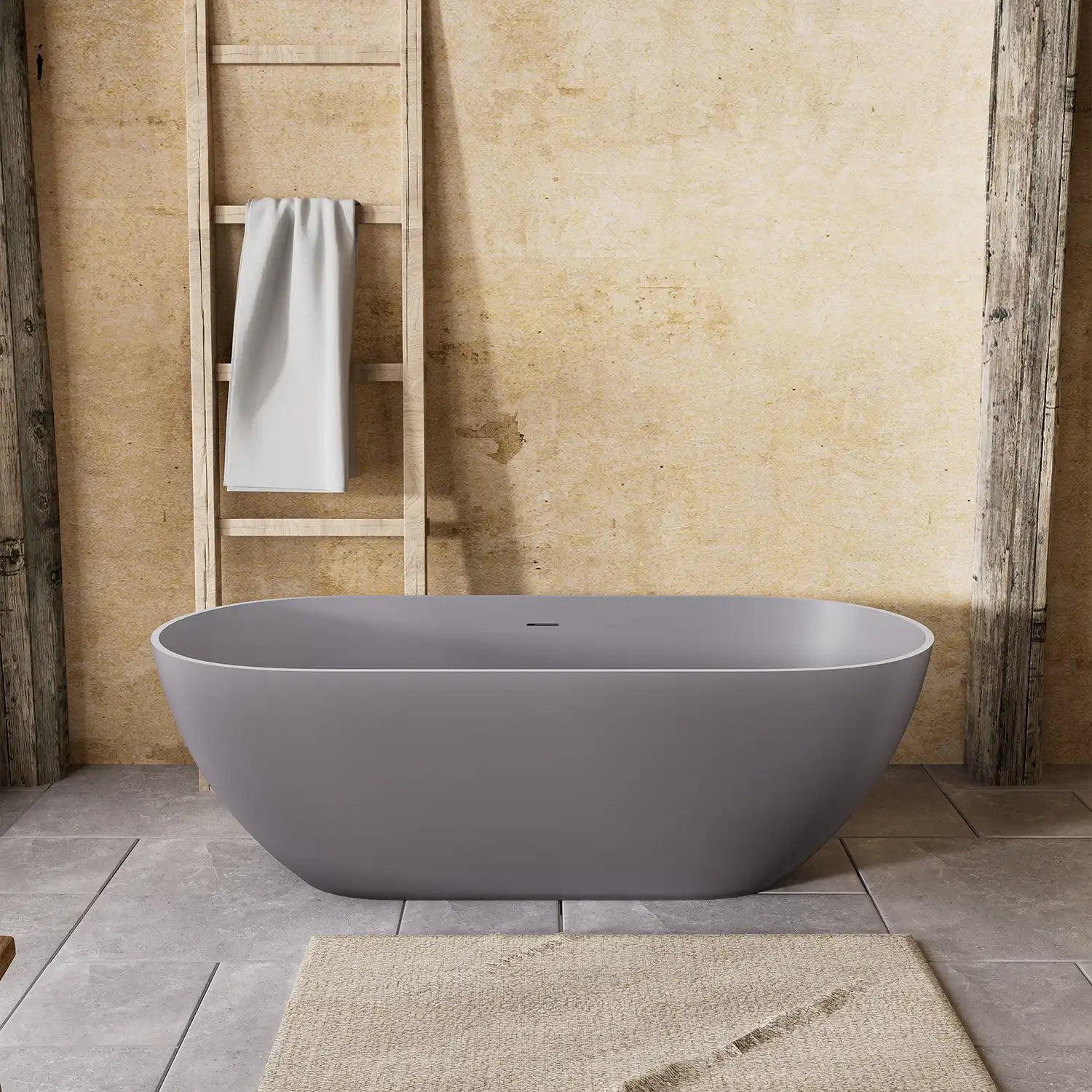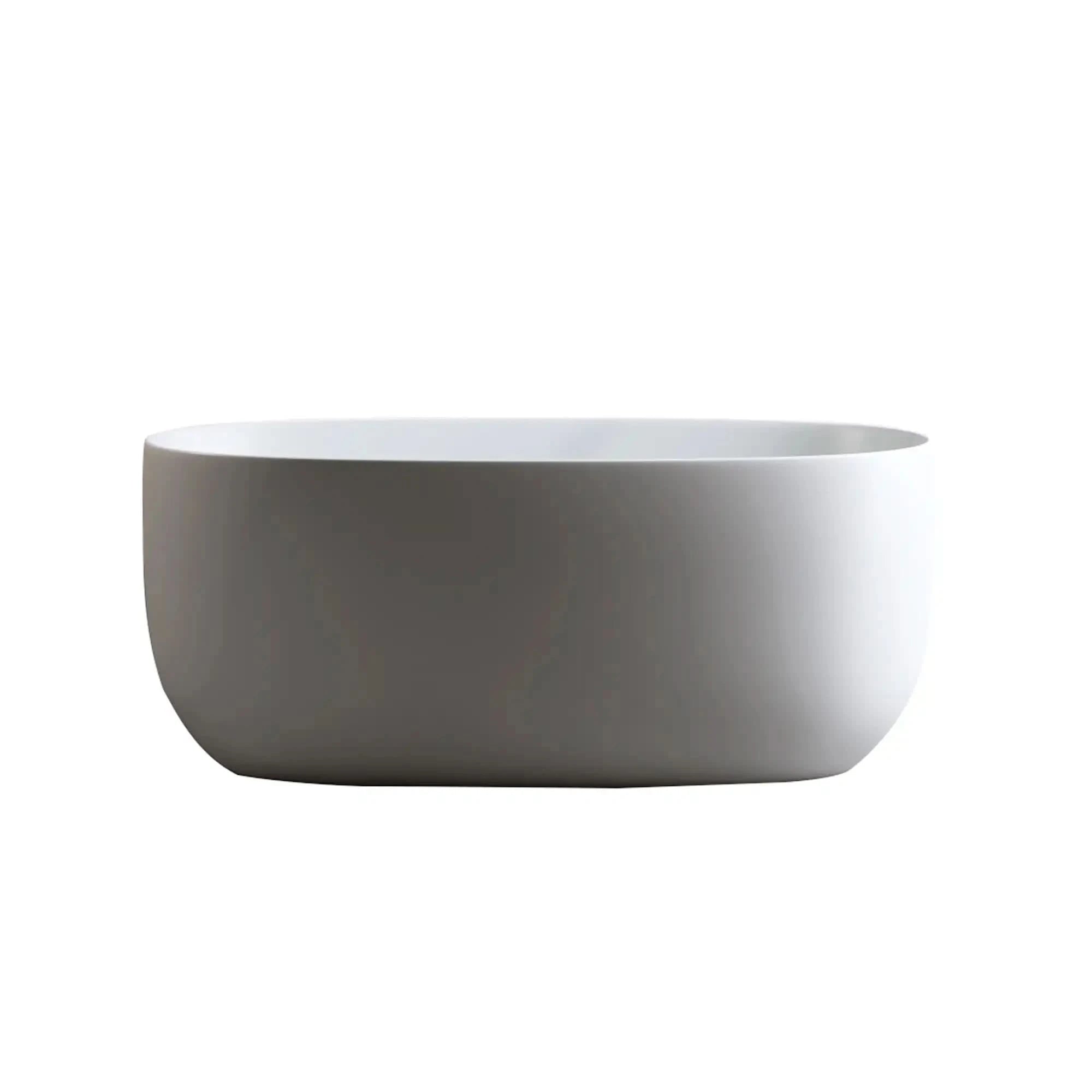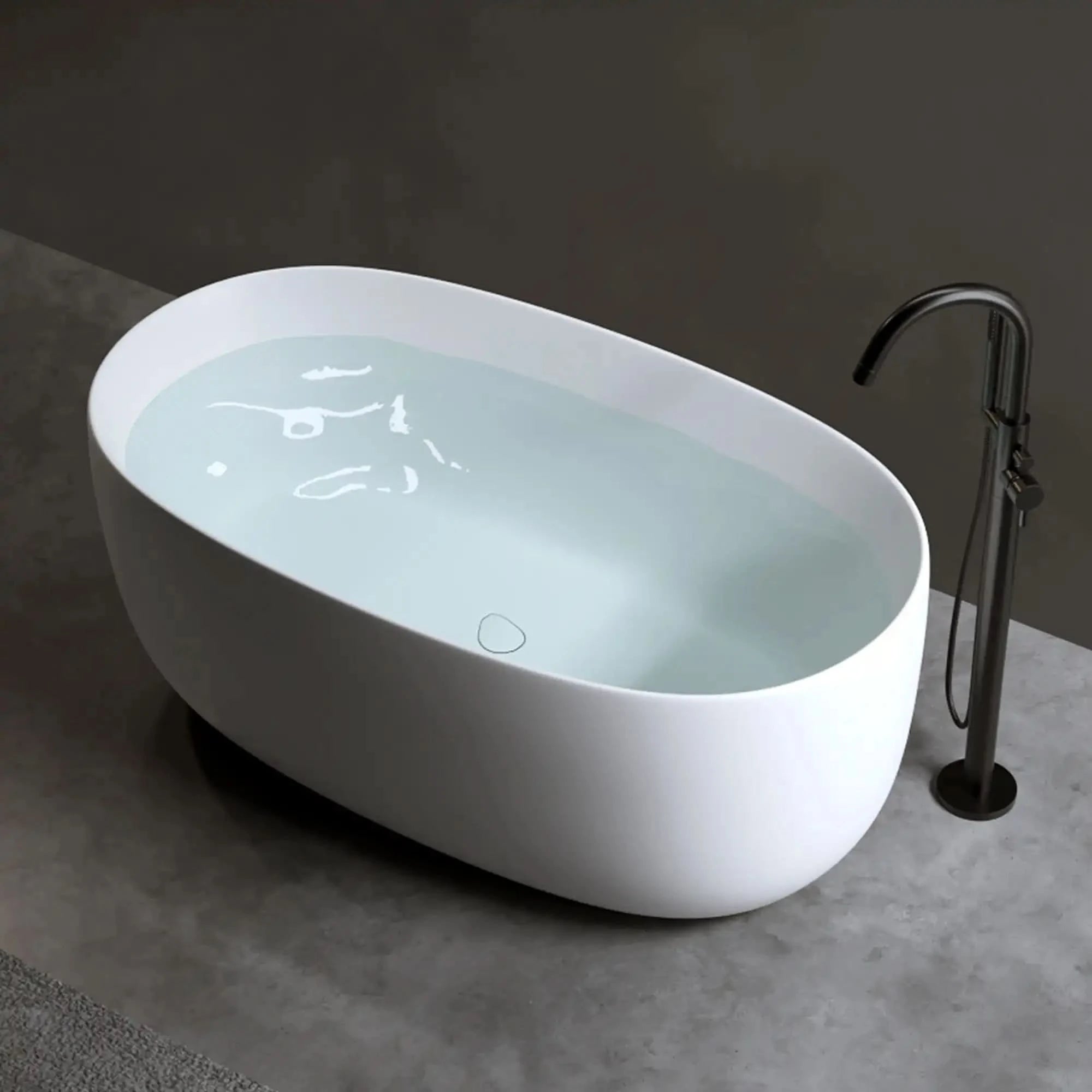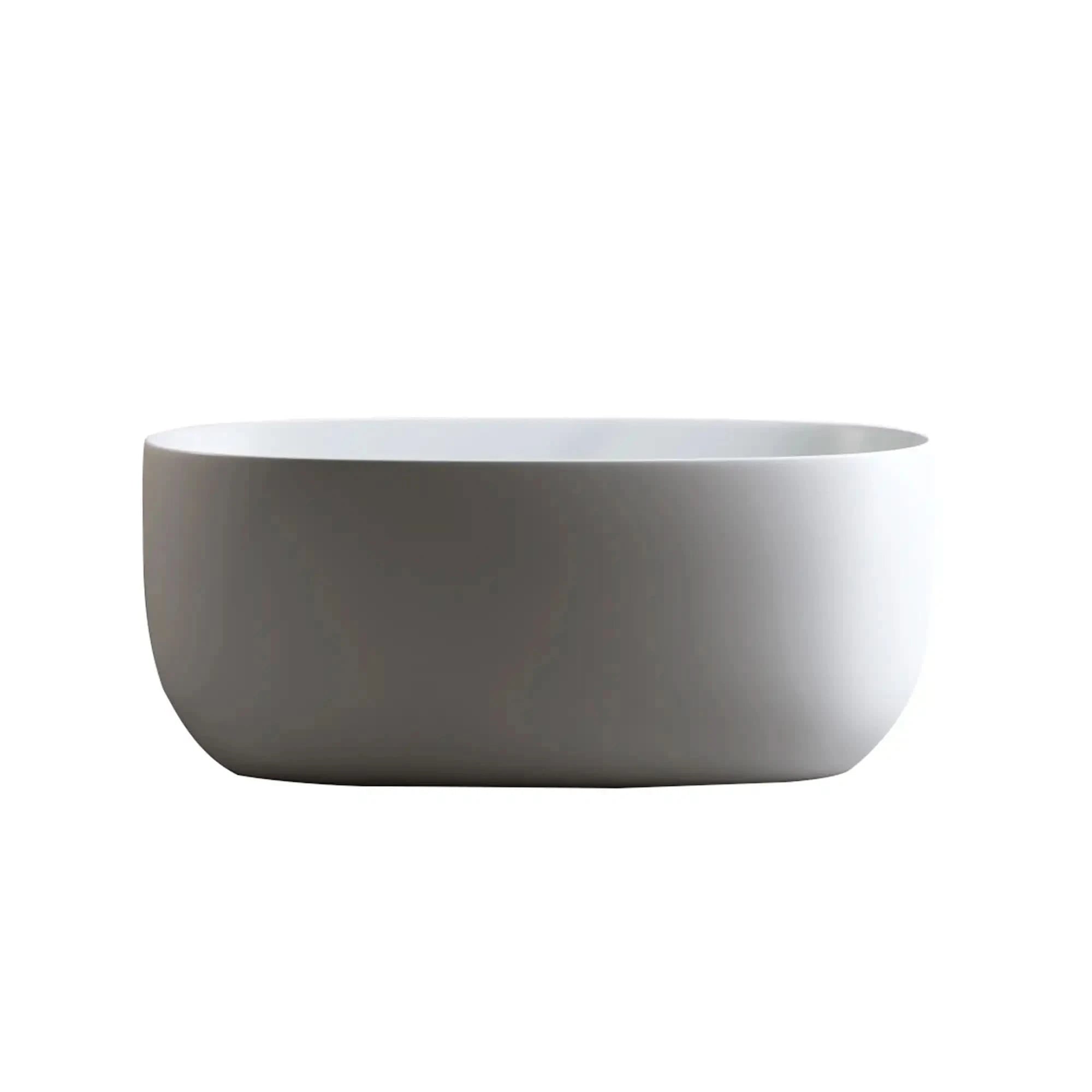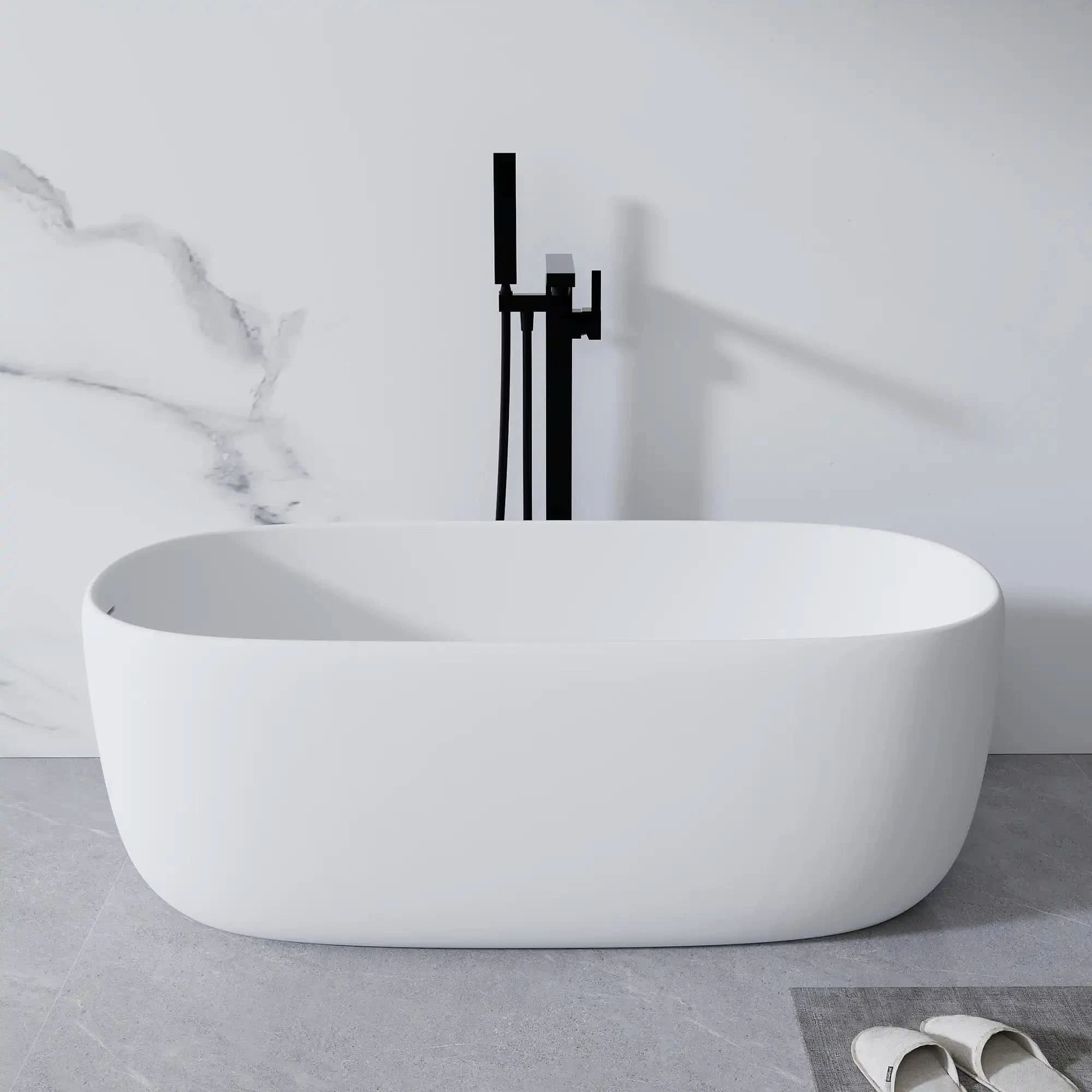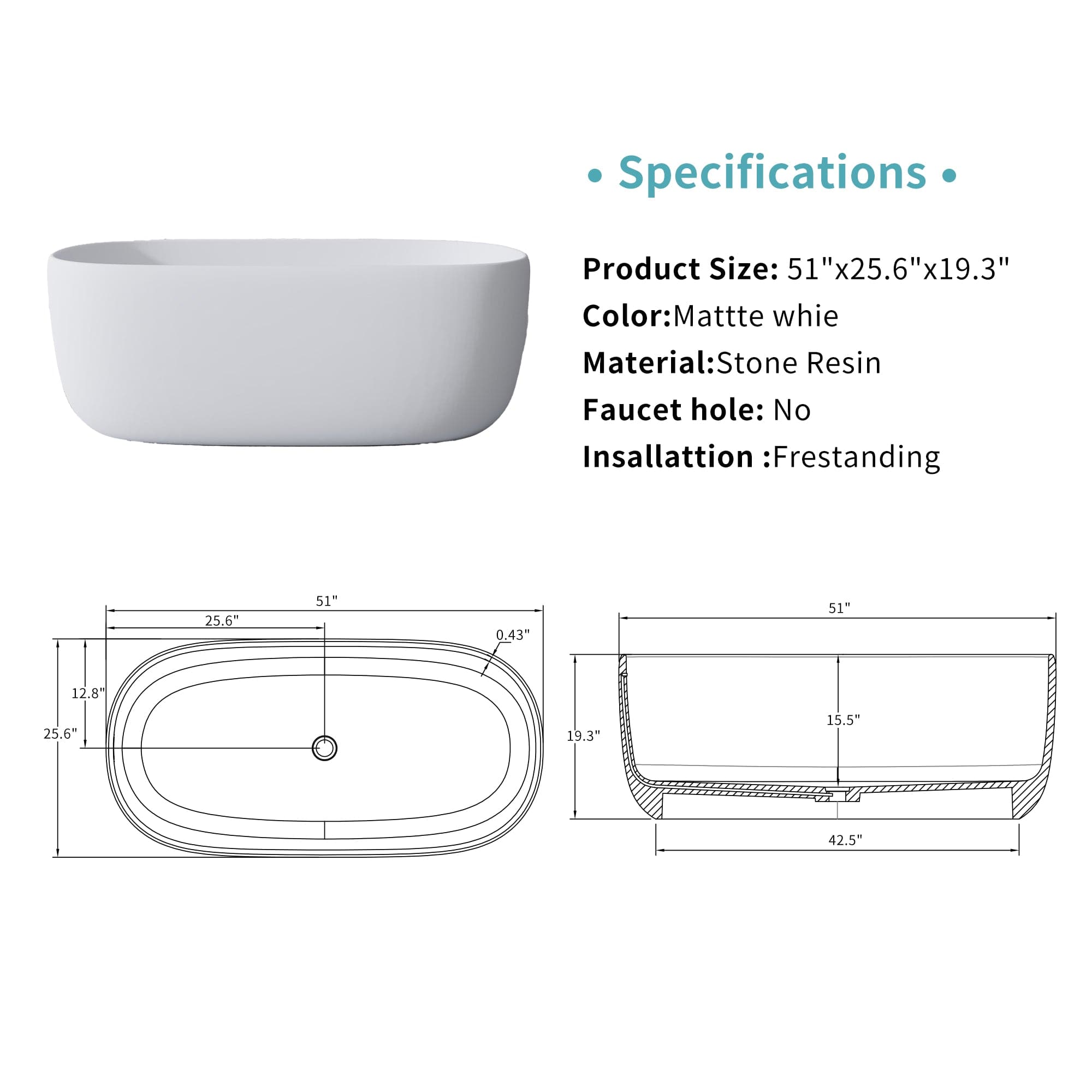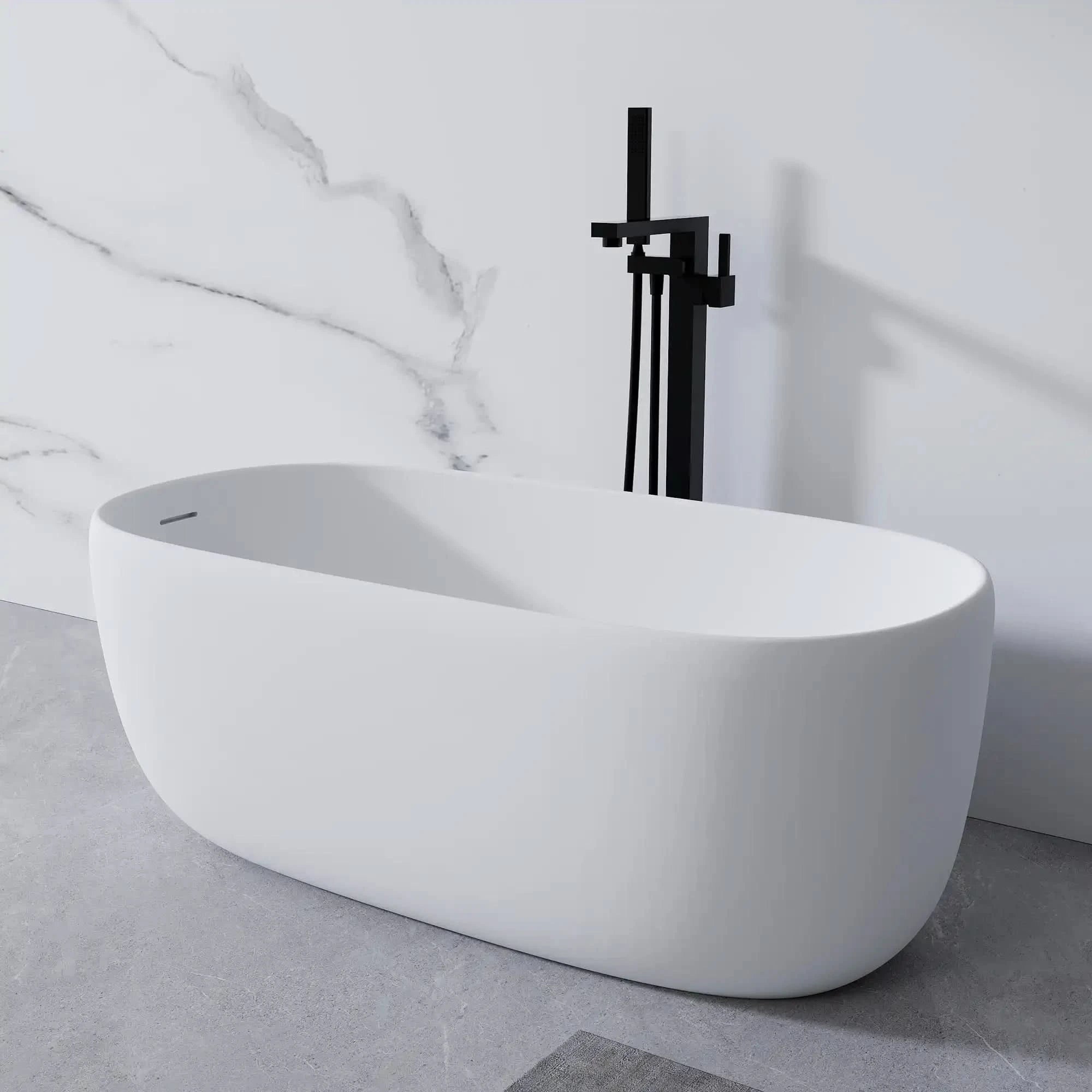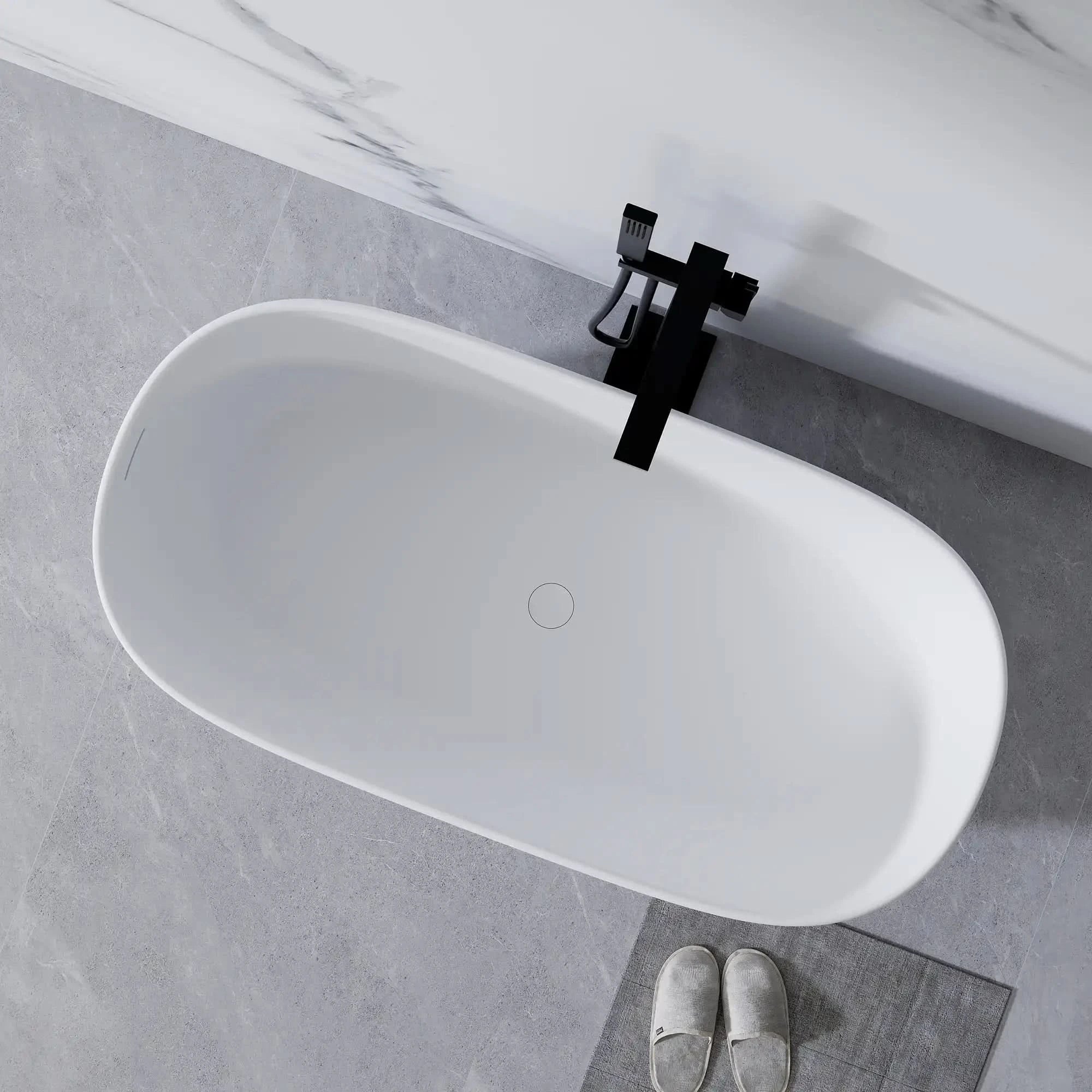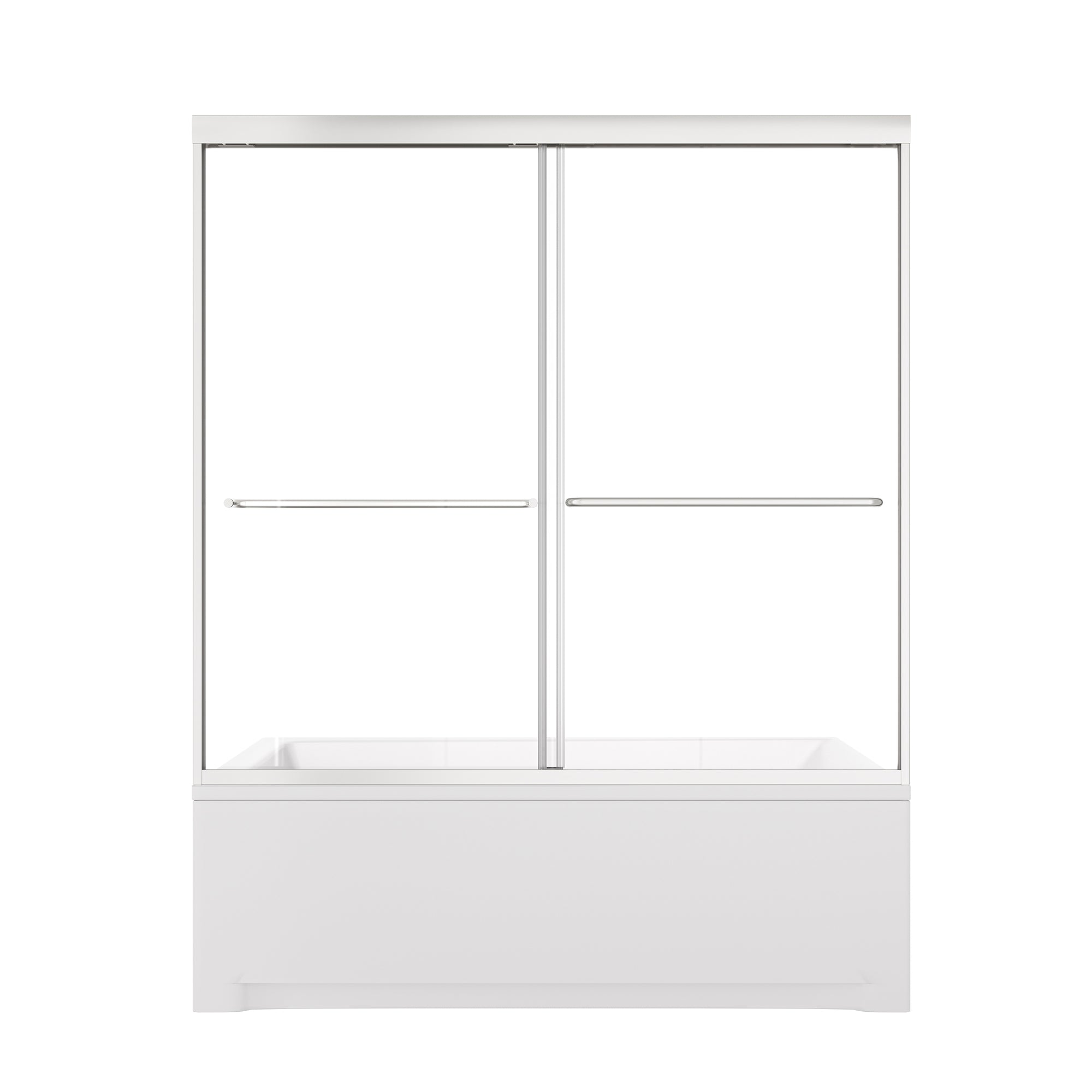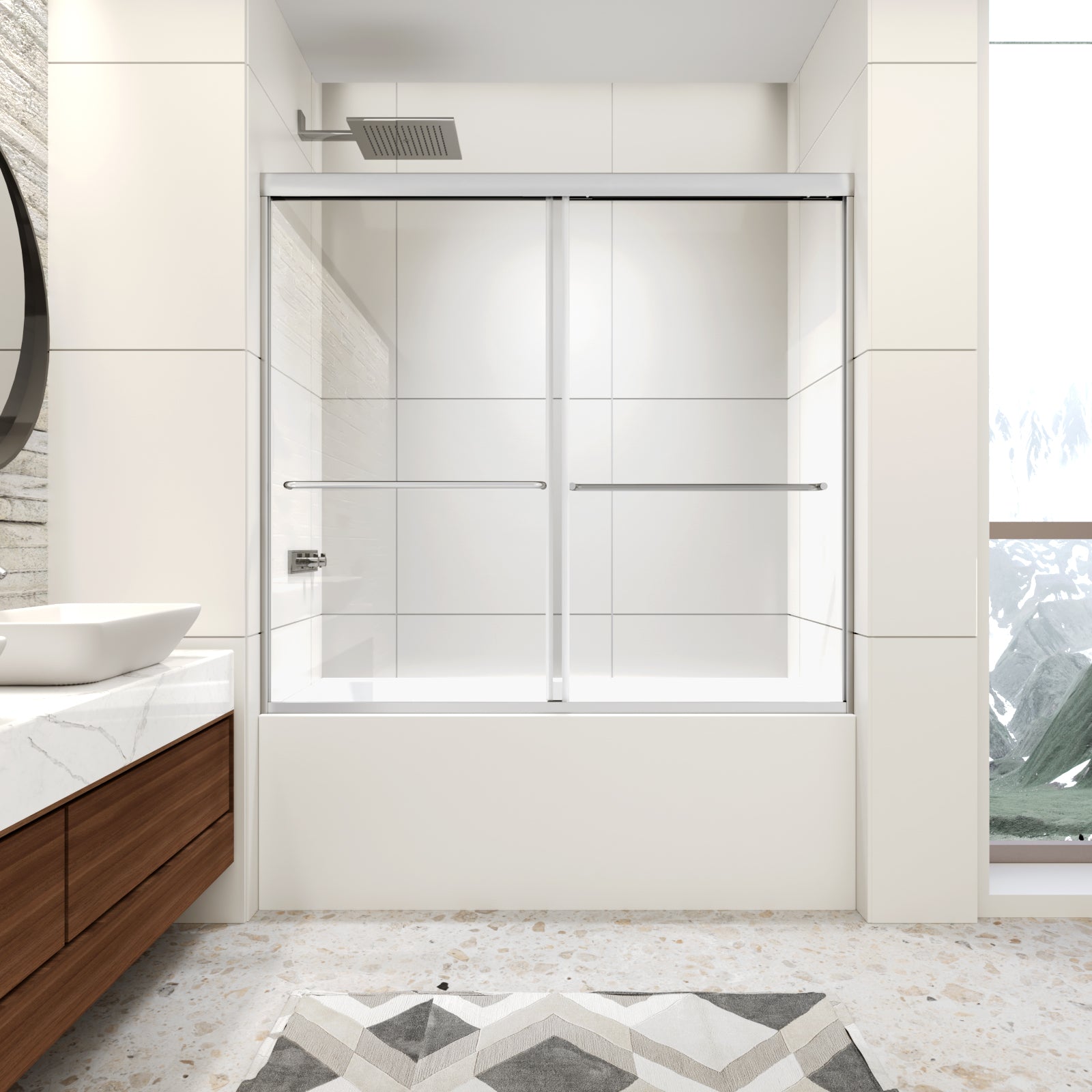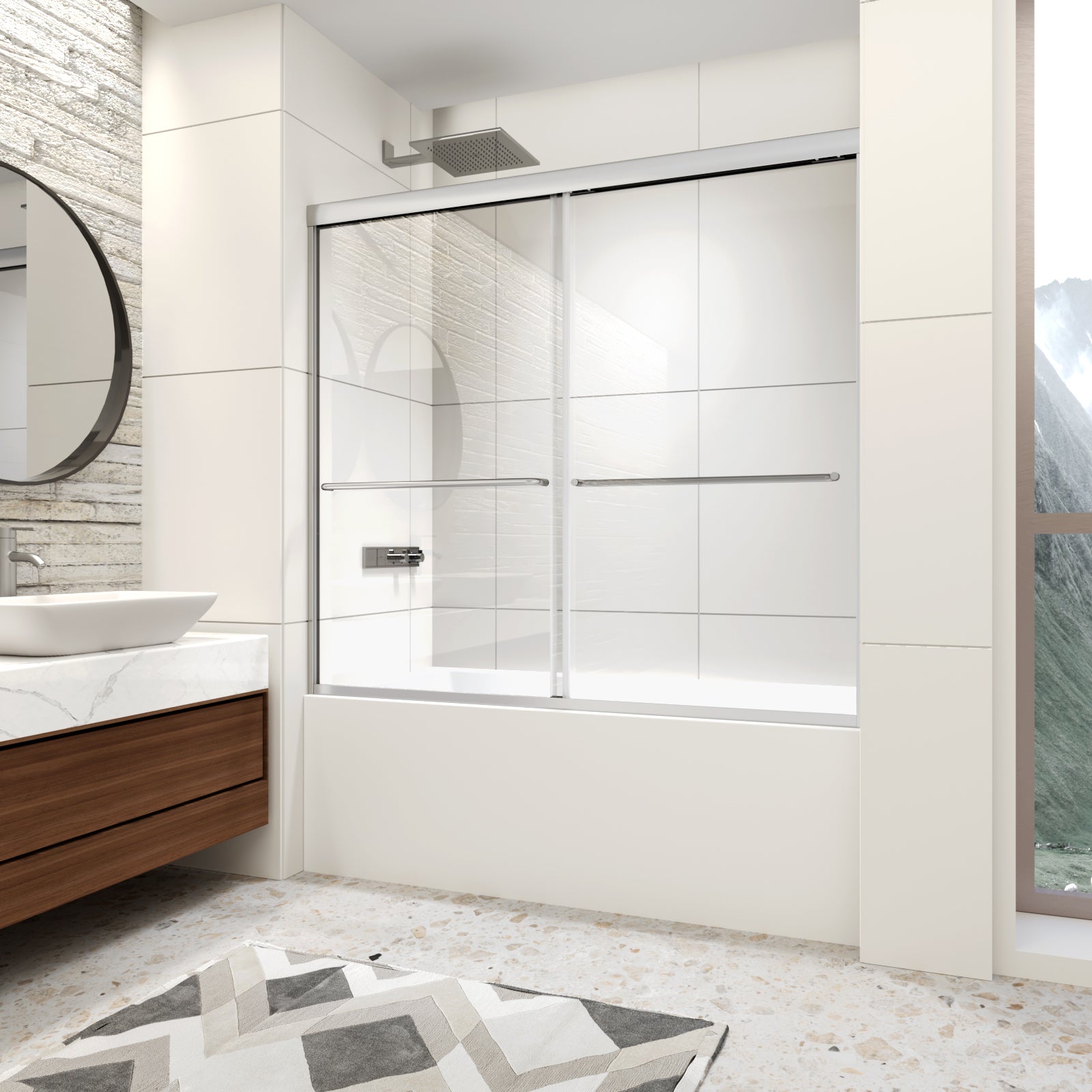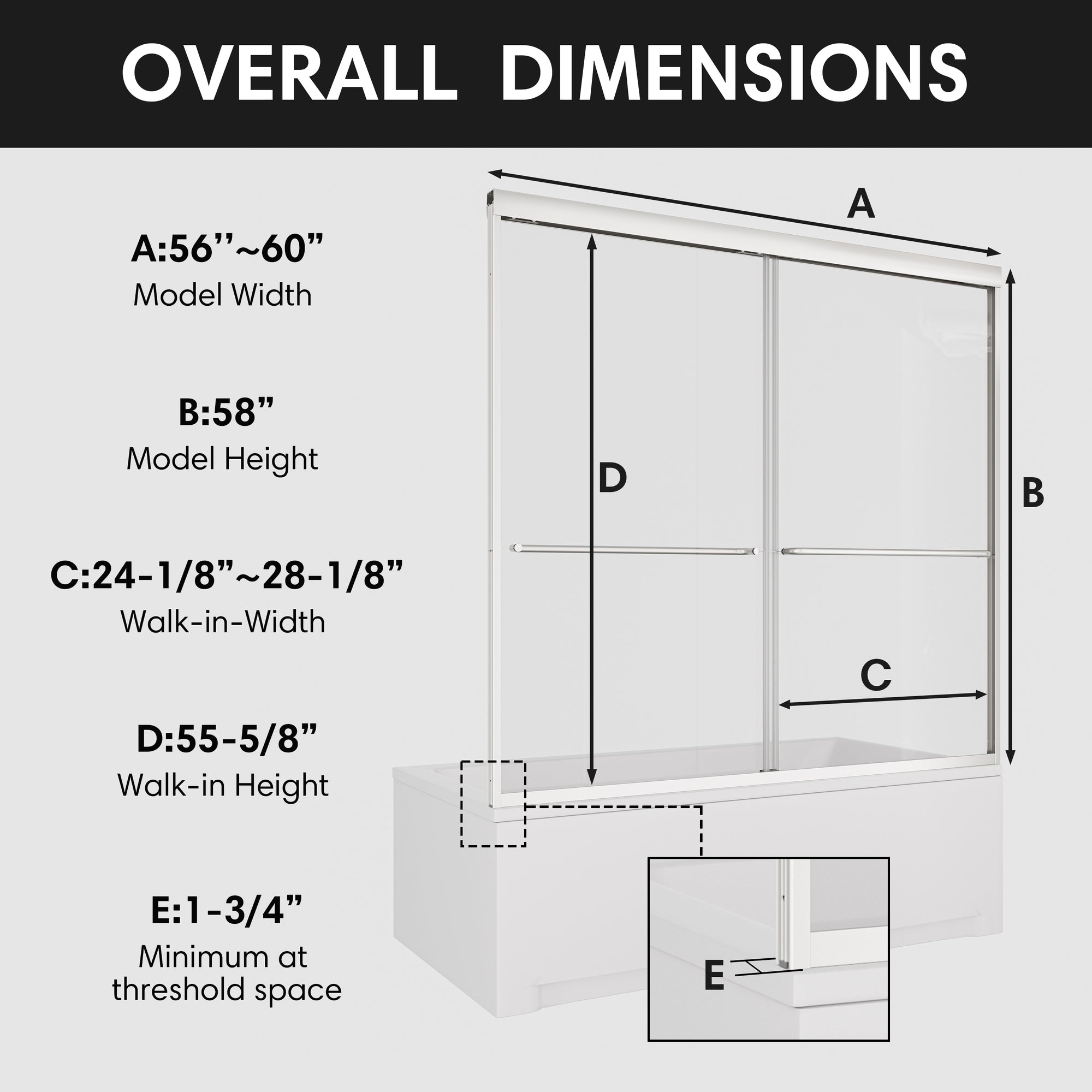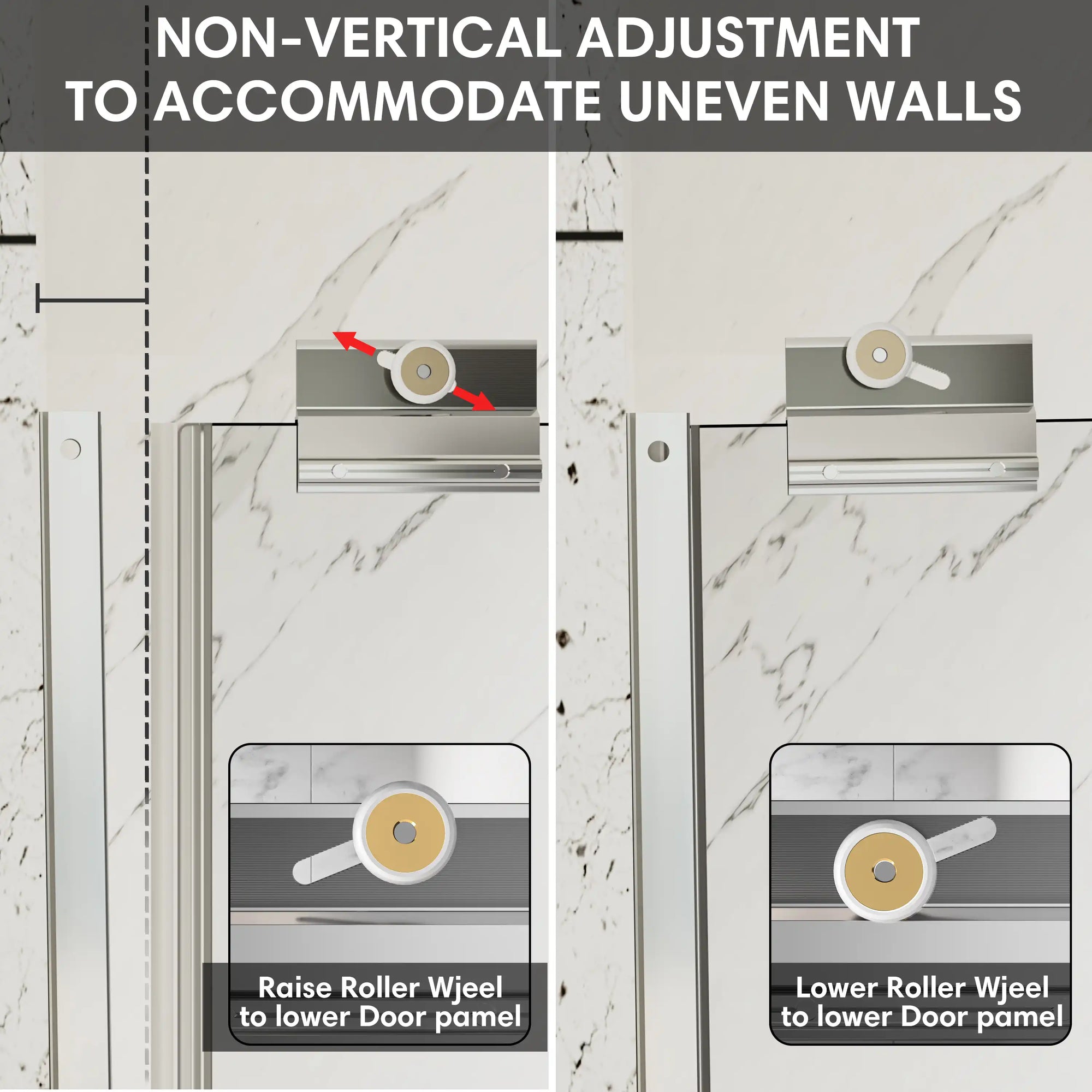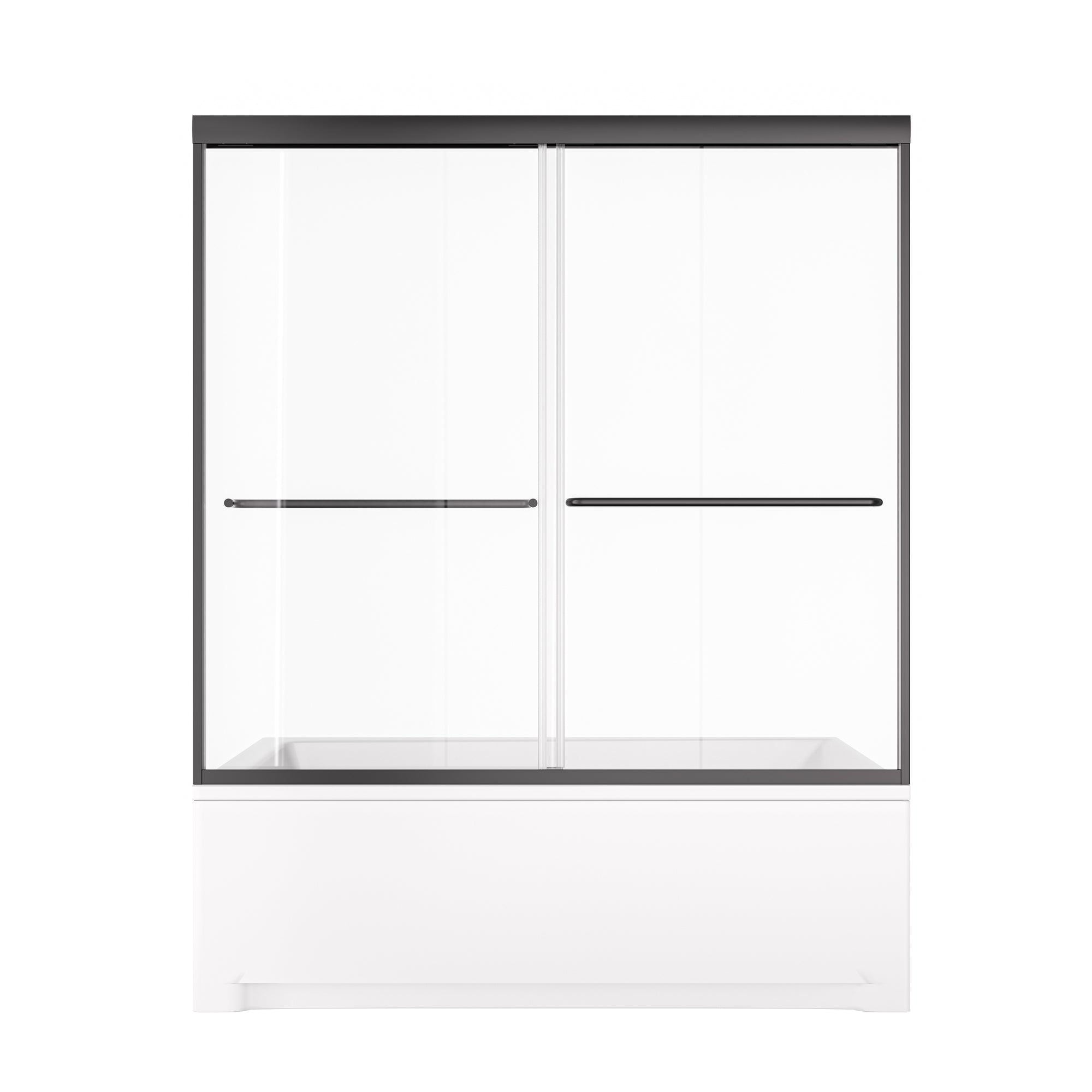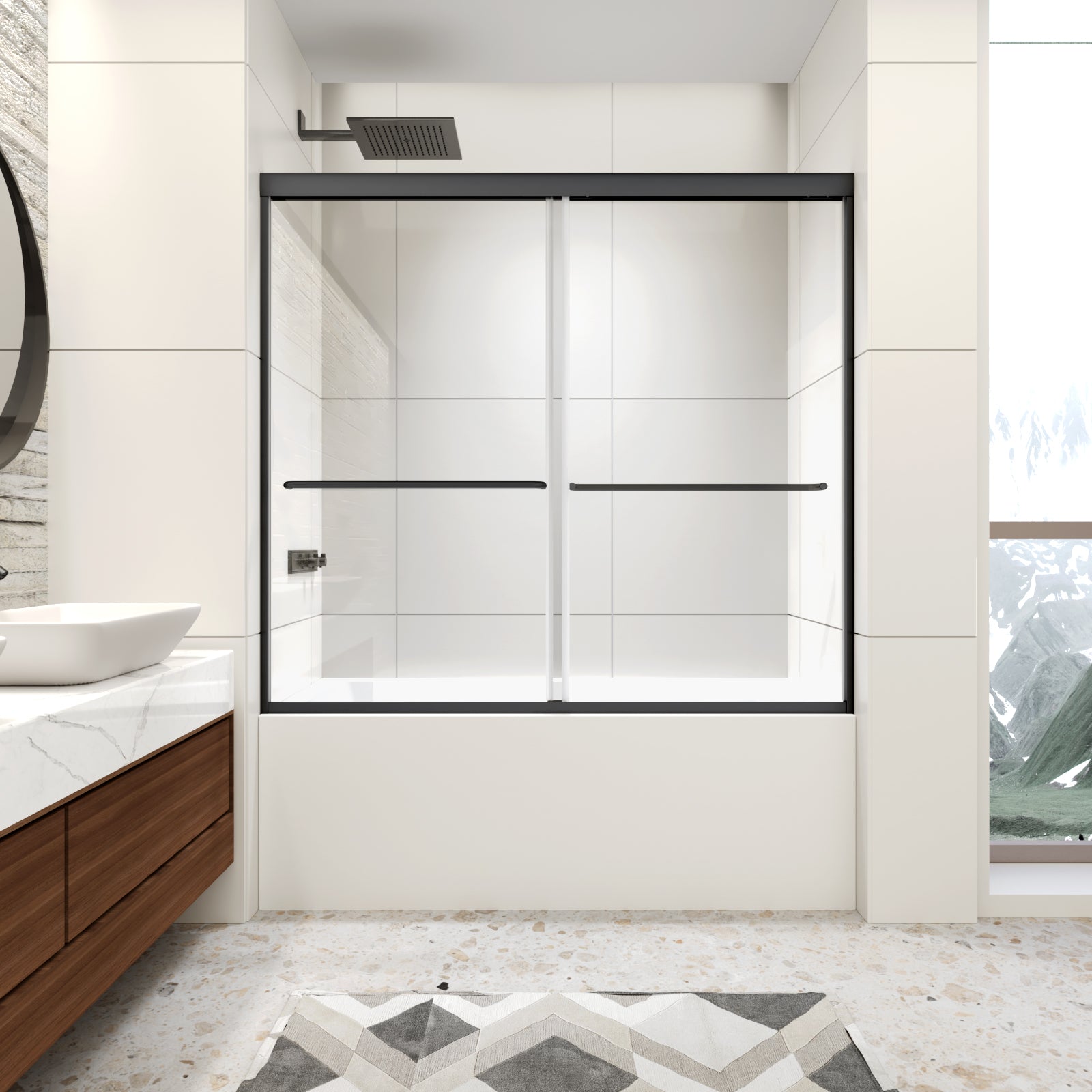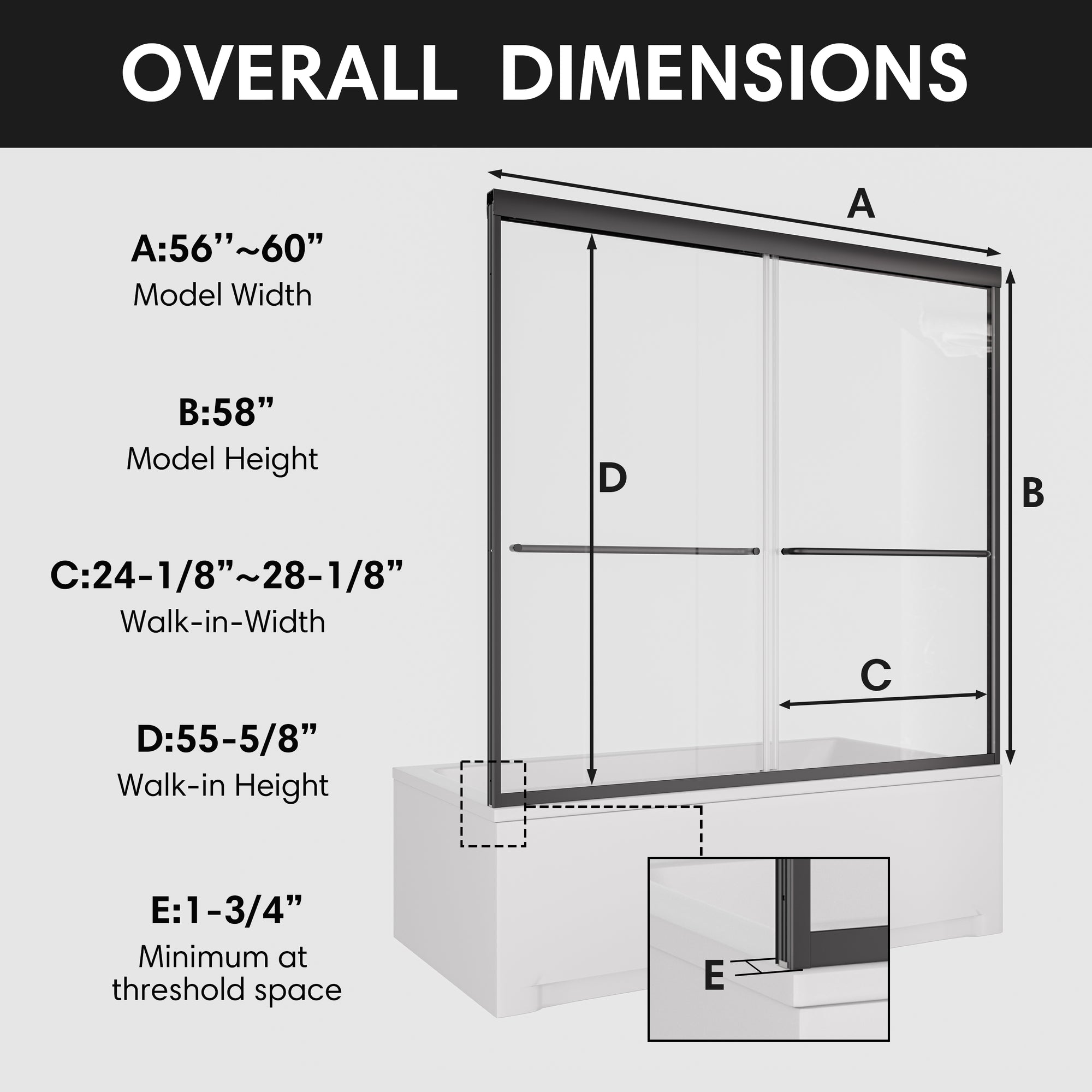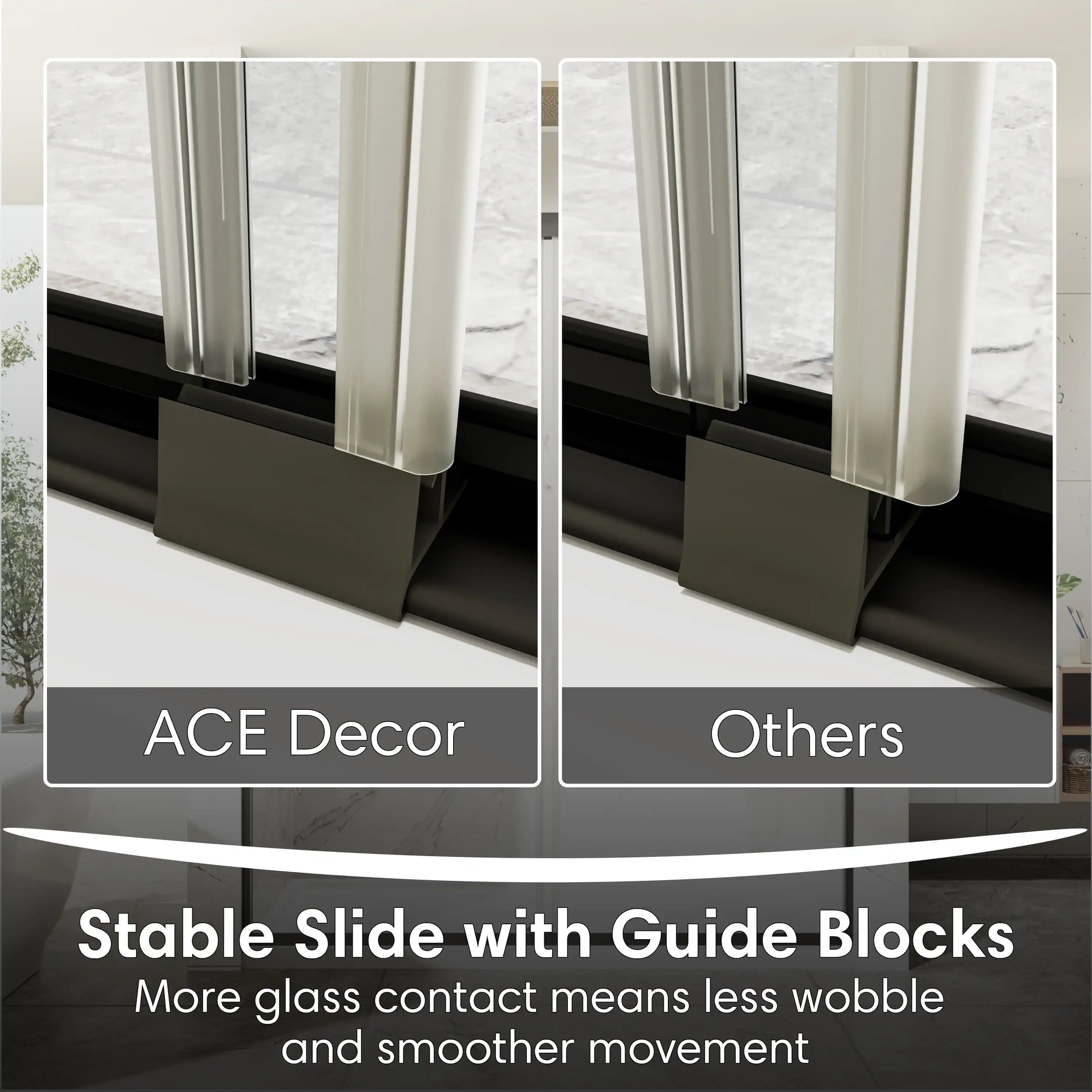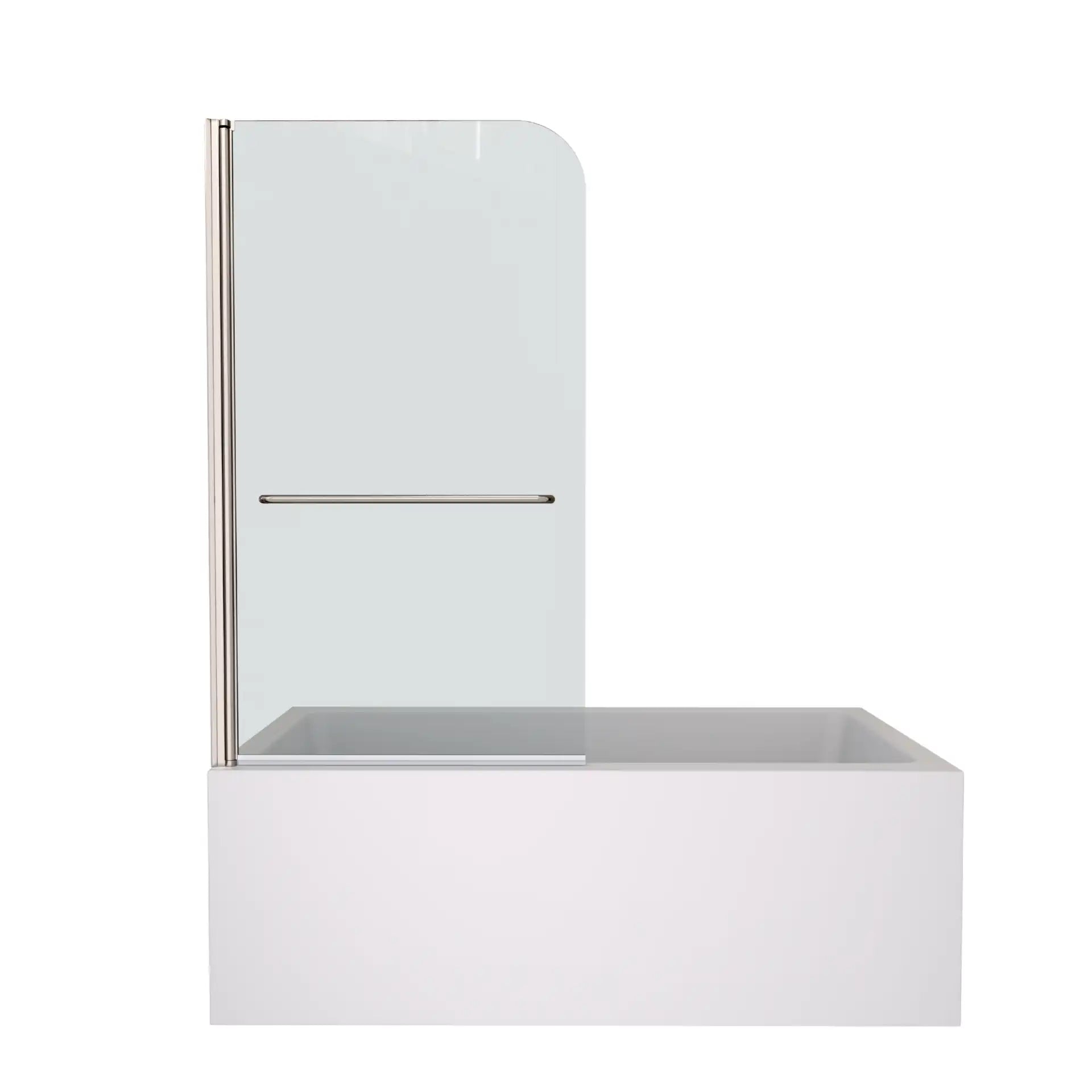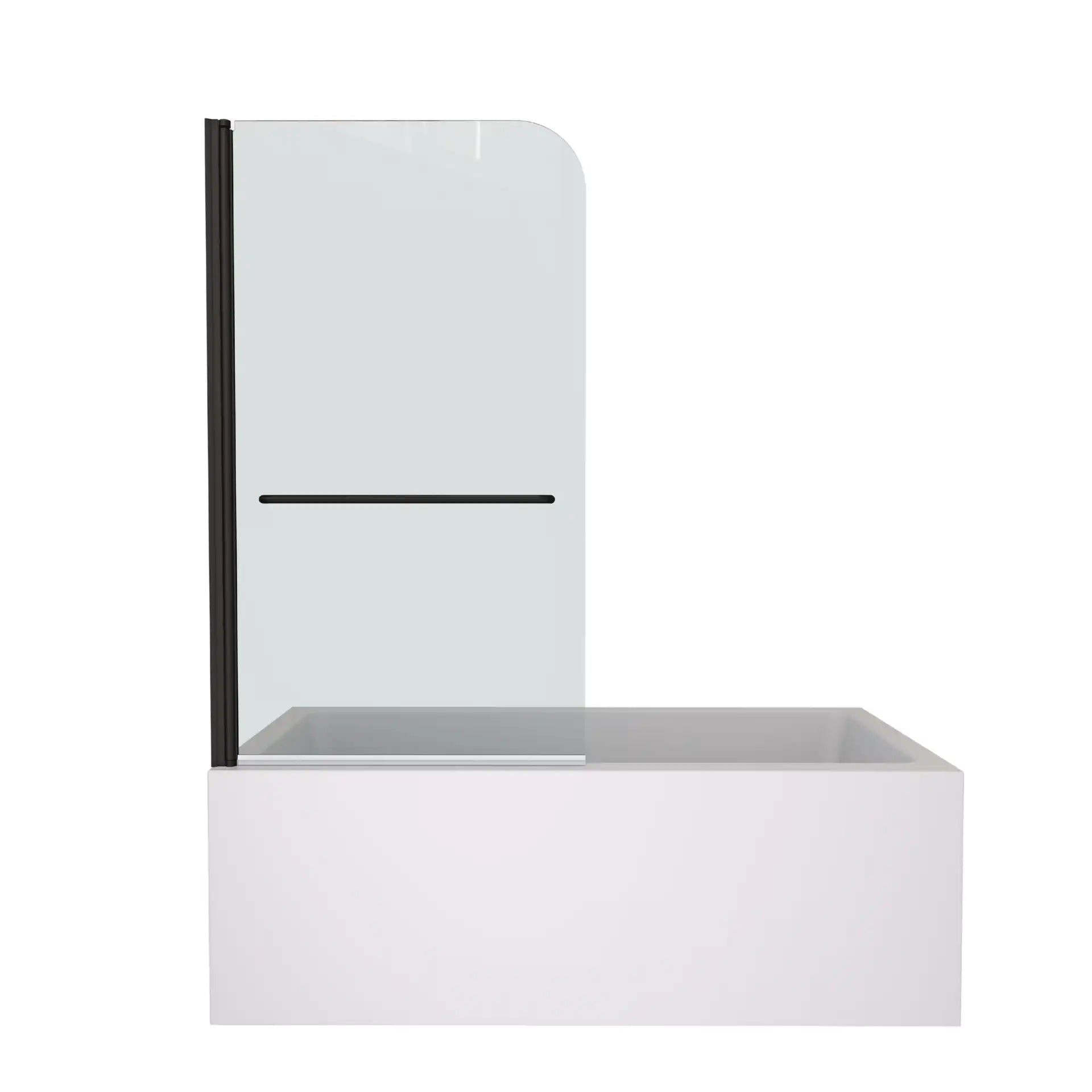Table of Contents
- 1. What Is Bathtub Trace?
- 2. Why Designers Prioritize Bathtub Trace
- 3. Bathtub Trace Across Tub Types
- 4. Why Consumers Should Know Bathtub Trace
- 5. Bathtub Trace in Renovation Projects
- 6. How Bathtub Trace Affects Design
- 7. How to Access and Use Bathtub Trace
- 8. Conclusion
- 9. FAQ
- 10. Related Articles
Introduction
You may not have heard of the 'bathtub trace', but if you have ever encountered problems such as a bathtub not fitting, drainage not fitting, or skirting board being blocked, it is probably this detail that has gone wrong. Even if you choose a bathtub that looks perfect in size, when it comes to installation, if the trace doesn't match, it may not only bring installation difficulties, but also rework, damage to appearance and budget overruns.
Bathtub trace, that is, the true contour of the bathtub when it touches the floor, is an often overlooked but crucial part of bathroom space planning. It is not merely a line in the technical drawing, but the basis for determining whether a bathtub can truly "fit". Today, designers, installers and even experience-conscious consumers are making bathtub trace a must-check item before they make a purchase. This article will take you to understand why it is so important and how you should view it when choosing a bathtub.

1. What Is Bathtub Trace?
Bathtub trace is the actual footprint map of the bottom of the Bathtub on the ground or mounting platform. Unlike the external dimensions marked on bathtubs, trace more precisely represents all structural information related to space adaptation, such as support feet, drainage positions, and skirt edge extensions.
During the installation of bathtubs, trace is a "universal language" that connects designers, construction workers and consumers. It determines whether the bathtub matches the drainage point, whether it takes up too much space, whether it will affect the laying of floor tiles or conflict with the corner.
Modern bathroom brands such as Kohler and Duravit provide bathtub trace drawings in their product profiles and even use them as base layers in CAD models. Understanding bathtub trace is the fundamental way to understand whether a bathtub is right for your bathroom.
2. Why Designers Prioritize Bathtub Trace
2.1 Optimize spatial layout. trace is "visible prediction"
In master bathrooms with limited space, urban apartments or customized bathrooms, an error of just one inch can affect the overall layout. Designers can determine whether a bathtub will block passageways, compress space for other bathroom fixtures, or affect overall symmetry by looking at bathtub trace in advance.
2.2 Reduce construction risks and avoid high rework costs
According to Houzz's 2023 renovation report, over 40% of bathtub installation issues are related to "predicted size errors", while trace data can effectively avoid this risk. HomeAdvisor pointed out that the average cost of reworking a bathtub position is between $350 and $750, and trace's early intervention can precisely control this expense.
2.3 Simplify communication and improve efficiency
The trace diagram enables construction workers to clearly mark the positions of wire distribution, wall openings and floor pipes, and also allows consumers to understand why the designer made a certain layout. Everyone communicates based on the same trace diagram, effectively reducing misunderstandings and decision-making delays.

3. Bathtub Trace Across Tub Types
3.1 Freestanding Bathtub: trace's meticulousness determines the balance between aesthetics and functionality
Although freestand-stand bathtubs are flexible and aesthetically pleasing, their bottoms usually only have a few load-bearing foot points, and the trace is more concentrated. If the alignment of the supporting structure with the drainage is ignored, it may lead to inaccurate ground openings or unstable bathtubs.
3.2 Embedded Bathtub: trace determines the embedding groove and the tile joint
Embedded bathtubs have higher requirements for trace, especially for products with tile flange design. If the trace is not clear, problems such as loose seams, edge warping and cracking, and poor drainage are likely to occur.
3.3 Skirt bathtub: trace is wider and has a greater footprint impact
This type of bathtub is often used in American-style decoration. Its skirt structure leads to an increase in the trace extension range, and some even extend beyond the appearance size by 3 to 5 inches. If no space is reserved, it is easy to block the skirting board and press against the wall edge, thus disrupting the overall layout.
4. Why Consumers Should Know Bathtub Trace
4.1 Make the purchasing decision clearer and avoid size "traps"
Many consumers think that as long as the external dimensions are correct, everything will be fine. However, when they install it, they find that the hem of the skirt is stuck in the corner and the drain is one inch off, making it impossible to fit. Understanding bathtub trace will help you determine whether the actual footprint matches the bathroom space.
4.2 Improve the communication efficiency with construction personnel
When you can say, "The trace of this bathtub needs to reserve an extra 3 inches to avoid pressing on the wall," the construction party will know that you are not a homeowner who only looks at the appearance. This not only enhances efficiency but also earns more respect and cooperation from the construction team.
4.3 Renovation projects particularly require trace intervention
The most difficult adjustments in the renovation of old houses are the position of the drain and the orientation of the floor tiles. A clear bathtub trace can directly determine whether a new bathtub is "worth" and whether the water pipes need to be changed, greatly reducing the uncertainty of renovations.
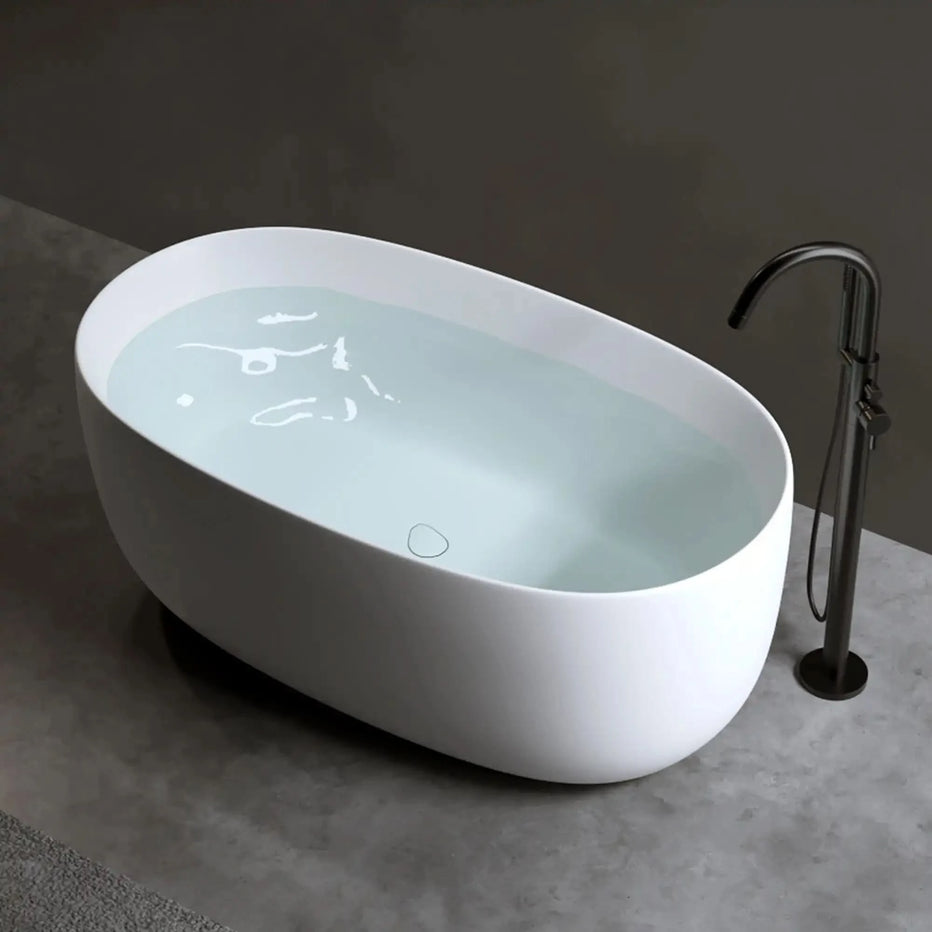
5. Bathtub Trace in Renovation Projects
The drainage systems in old bathrooms are mostly in fixed positions, and the thickness of the walls is also different from that in new houses. At this point, bathtub trace is not just a reference line, but a basis for deciding whether it works or not. It is recommended that during the renovation stage, you obtain the trace diagrams of multiple brands in advance, conduct size simulations, and only place an order after confirming the match.
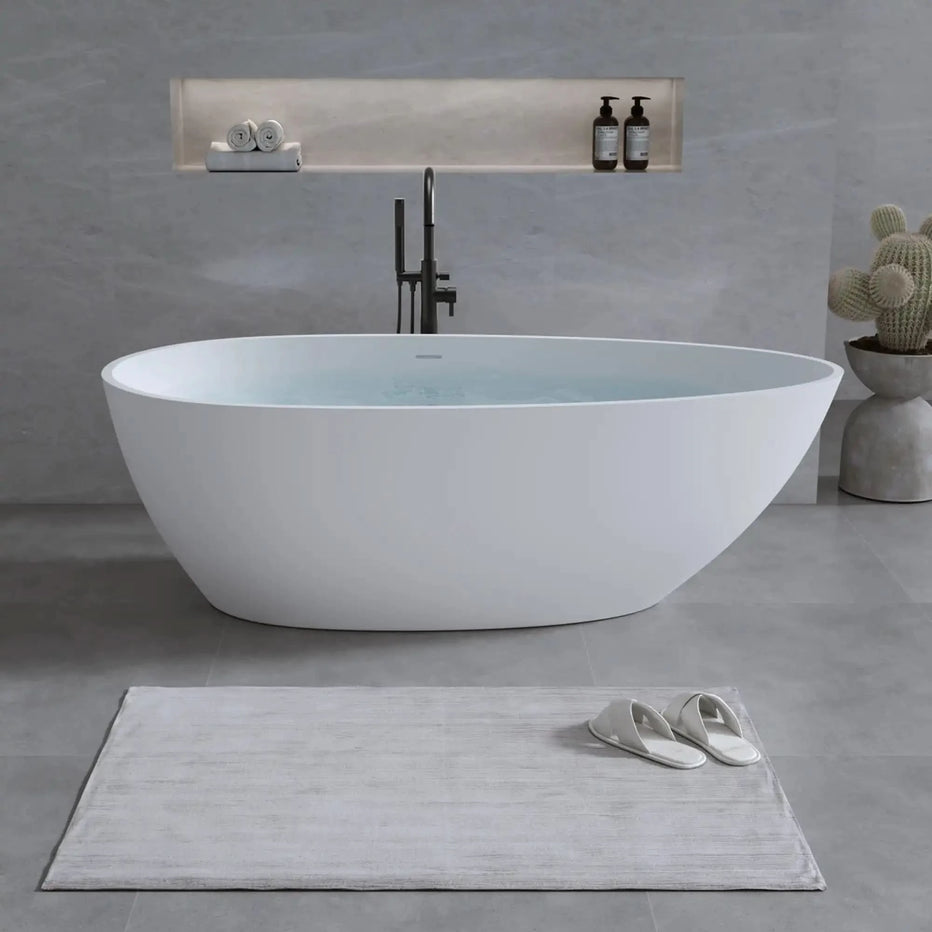
6. How Bathtub Trace Affects Design
6.1 The Foundation of spatial balance and visual symmetry
In high-end bathrooms, many designs pursue "mirror symmetry" or "golden ratio layout". If trace is not taken into account, it may cause the bathtub to be misaligned, the toilet line to be pressed, and the entire space to look "uncoordinated".
6.2 The floor finishing and tile laying should be based on trace
Tile joints, drain installation, skirting board laying, etc. are all closely related to bathtub trace. Without trace guidance, visual breakpoints such as uneven brick cutting, reverse drainage slopes or cracked platforms may occur.
7. How to Access and Use Bathtub Trace
At present, mainstream brands such as ACE DECOR, TOTO, Kohler, American Standard, Duravit, etc., will provide product specification sheets (spec sheets) or installation manuals, usually including trace drawings (in PDF, DWG or CAD formats). You can also find the words "Installation Guide" or "Technical Drawing" on the product detail page for download.
Purchasing suggestions:
- Give priority to choosing products with trace drawings
- If there is no download link on the page, contact the brand customer service proactively to request it
- When making a purchase, compare the trace diagram with the actual measurement data of the bathroom floor to confirm compatibility before placing an order

Conclusion
In modern bathroom design, bathtub trace is no longer a technical symbol on construction drawings, but a crucial step that connects design vision to reality. It affects not only whether a bathtub can fit into the space, but also determines the convenience of your daily use, visual aesthetics and long-term maintenance costs.
In your next purchase, why not ask yourself again: "Does the trace of this bathtub really match my space?"
Visit our trace-friendly bathtub zone now and select a smart bathtub that perfectly matches your home space to start a bathroom experience that combines precision and beauty.
FAQ
Q1: What should I do if the trace drawing is not provided?
Most brand official websites support downloading. Just search for "Product Model + installation manual" to obtain it. If you can't find it, you can contact customer service to request a PDF or CAD format file.
Q2: bathtub IS there any difference between trace and CAD model?
There is a difference. CAD model is a three-dimensional structural drawing, while bathtub trace is a two-dimensional planar contour line, which is more suitable for ground positioning and drainage reservation.
Q3: Do all bathtubs need to check the trace?
Yes, especially for recessed, skirted bathtubs or Spaces close to the limit of size, priority should be given to bathtub trace.
Q4: Will trace affect installation due to different wall materials?
Yes. For instance, concrete walls and gypsum board walls have different requirements for the positioning of support feet, drilling methods, and the reservation of wall joints. The trace diagram can predict these variables in advance.
Q5: Can trace diagrams be used for prefabricated installation frameworks?
Ok. Many designers will make support platforms or embedded structures in advance based on trace diagrams, but it is necessary to combine on-site measurements to avoid structural instability or alignment deviations caused by errors.
Q6: Does trace affect the installation cost?
Yes. The more complex the trace is (such as with skirt edges or multiple drainage points), the higher the construction requirements and the higher the labor cost. Therefore, when making a purchase, it is necessary to consider the match between the trace and the budget.
Related Articles:
Maintenance and Cleaning Tips for Bathtub Trackless Shower Doors
The Role of Sealants and Gaskets in Bathtub Trackless Shower Doors
Soak & Settle In: What Is an Alcove Bathtub + Why It Feels Like Home
